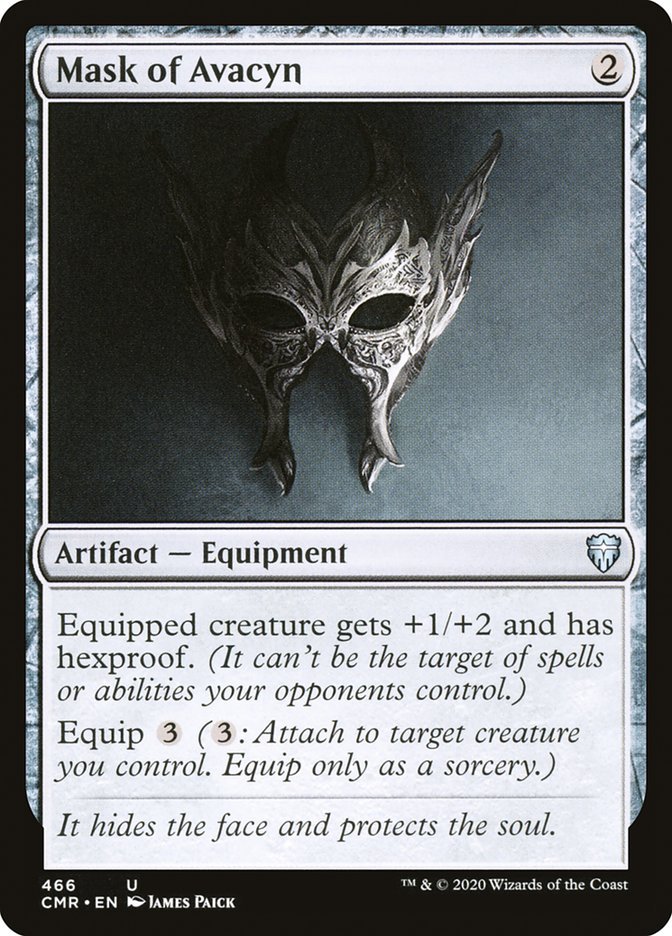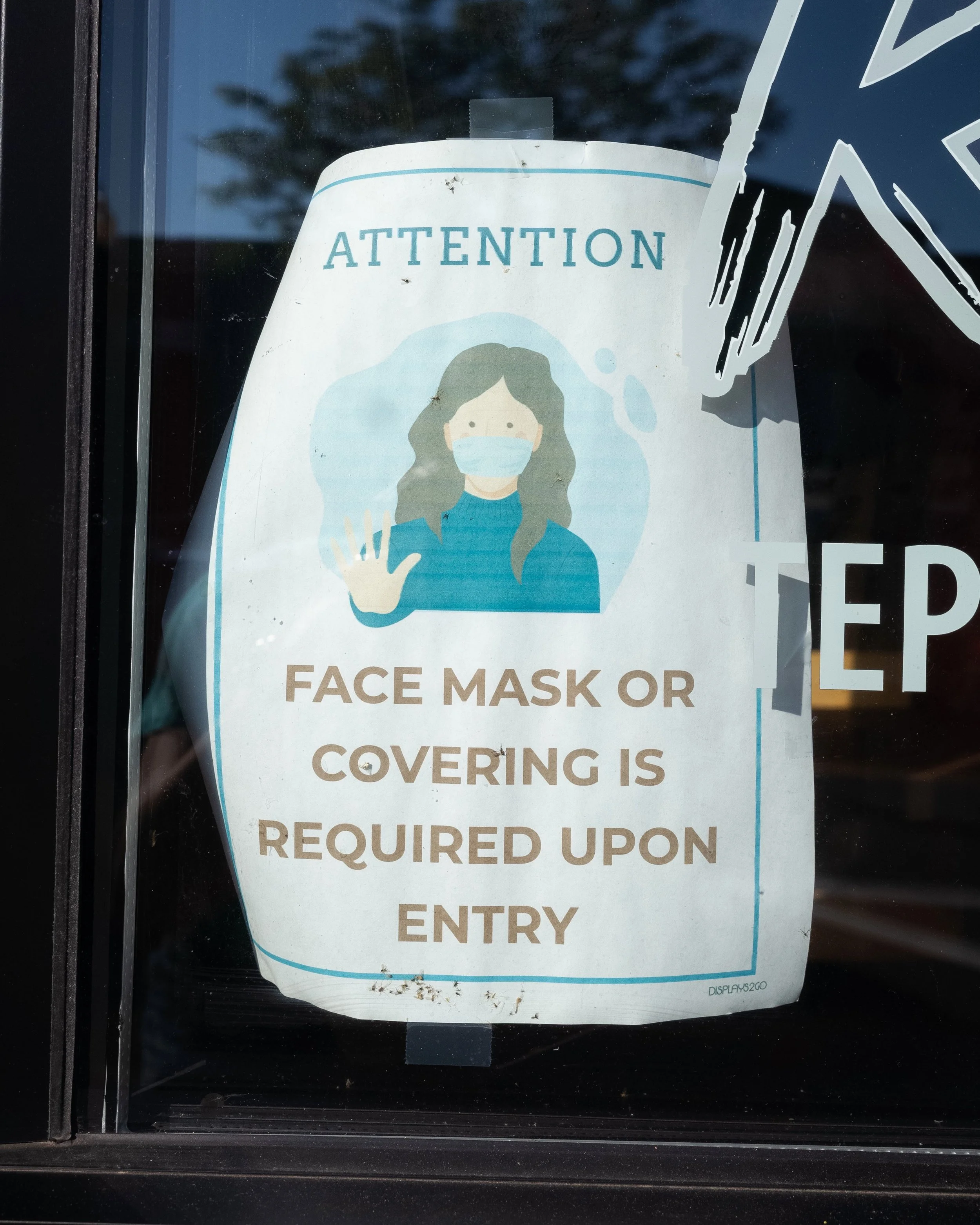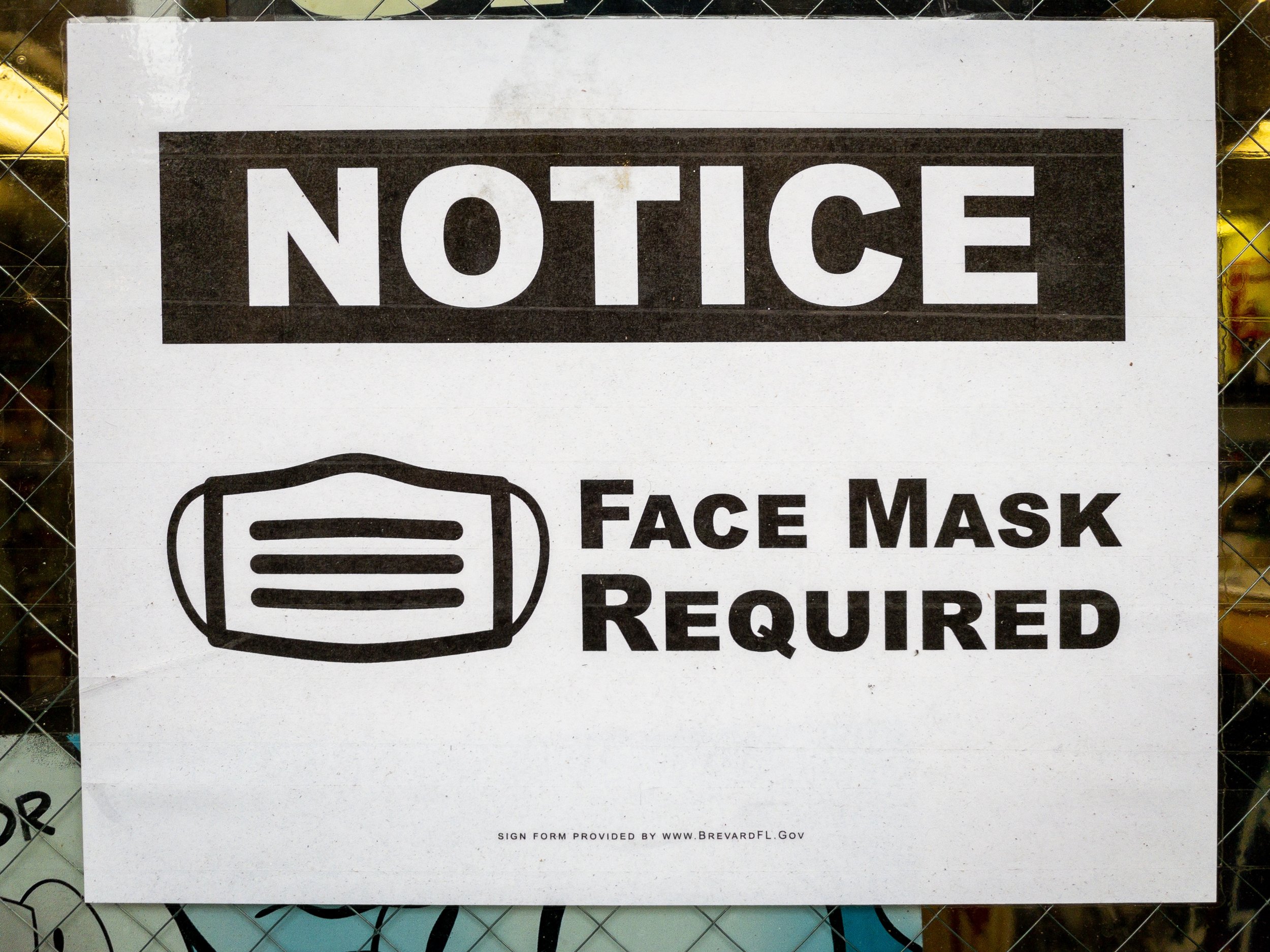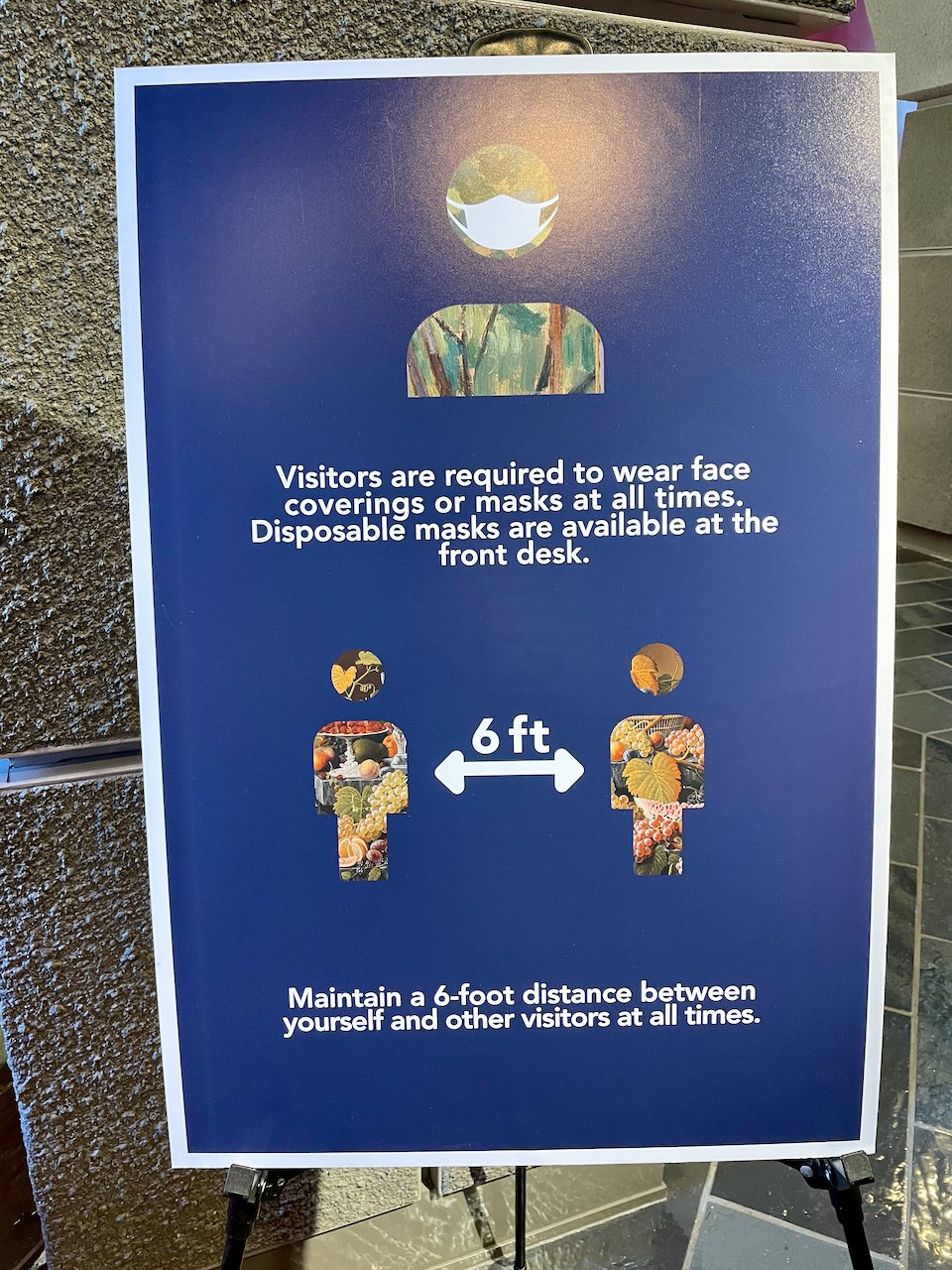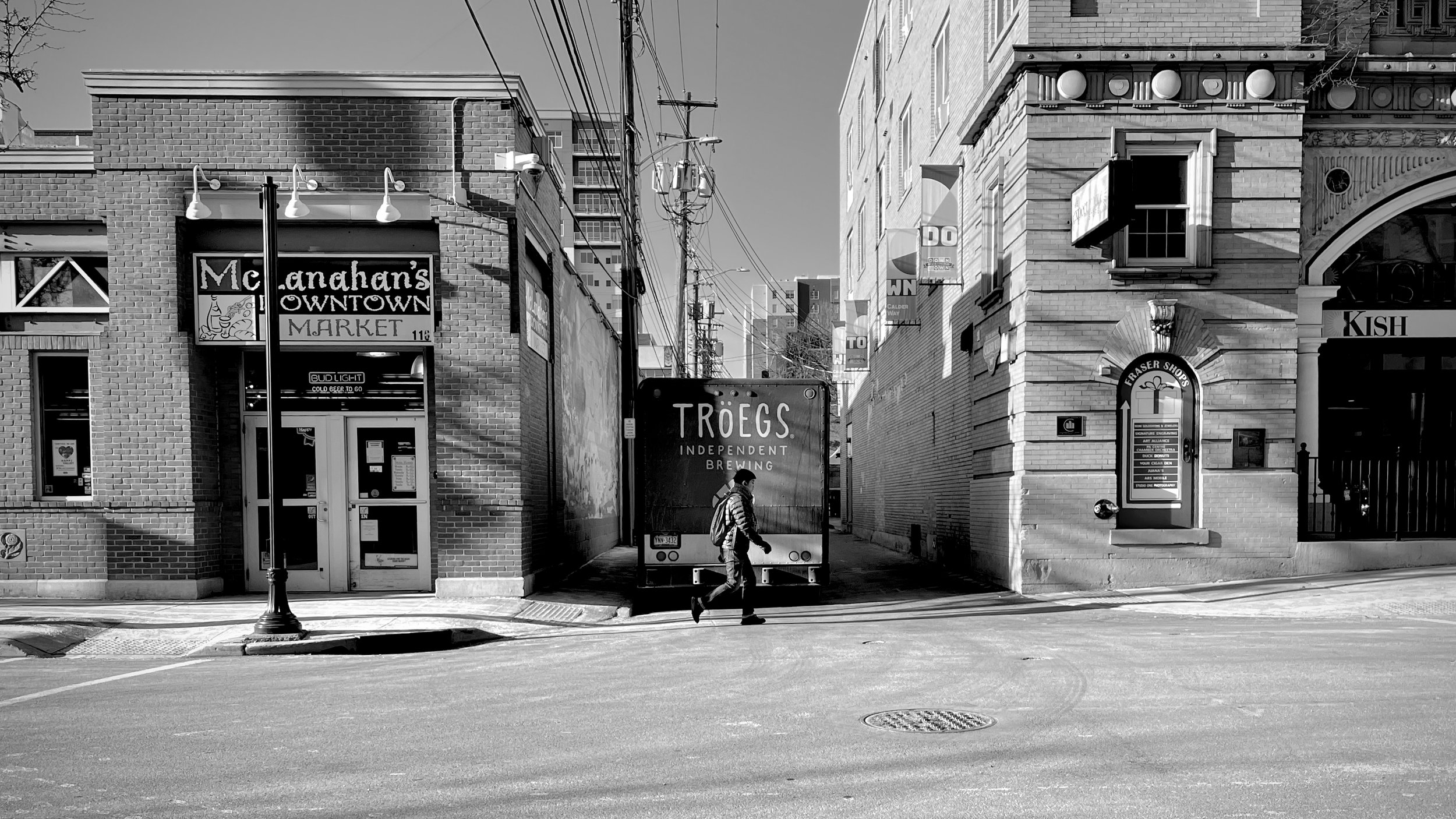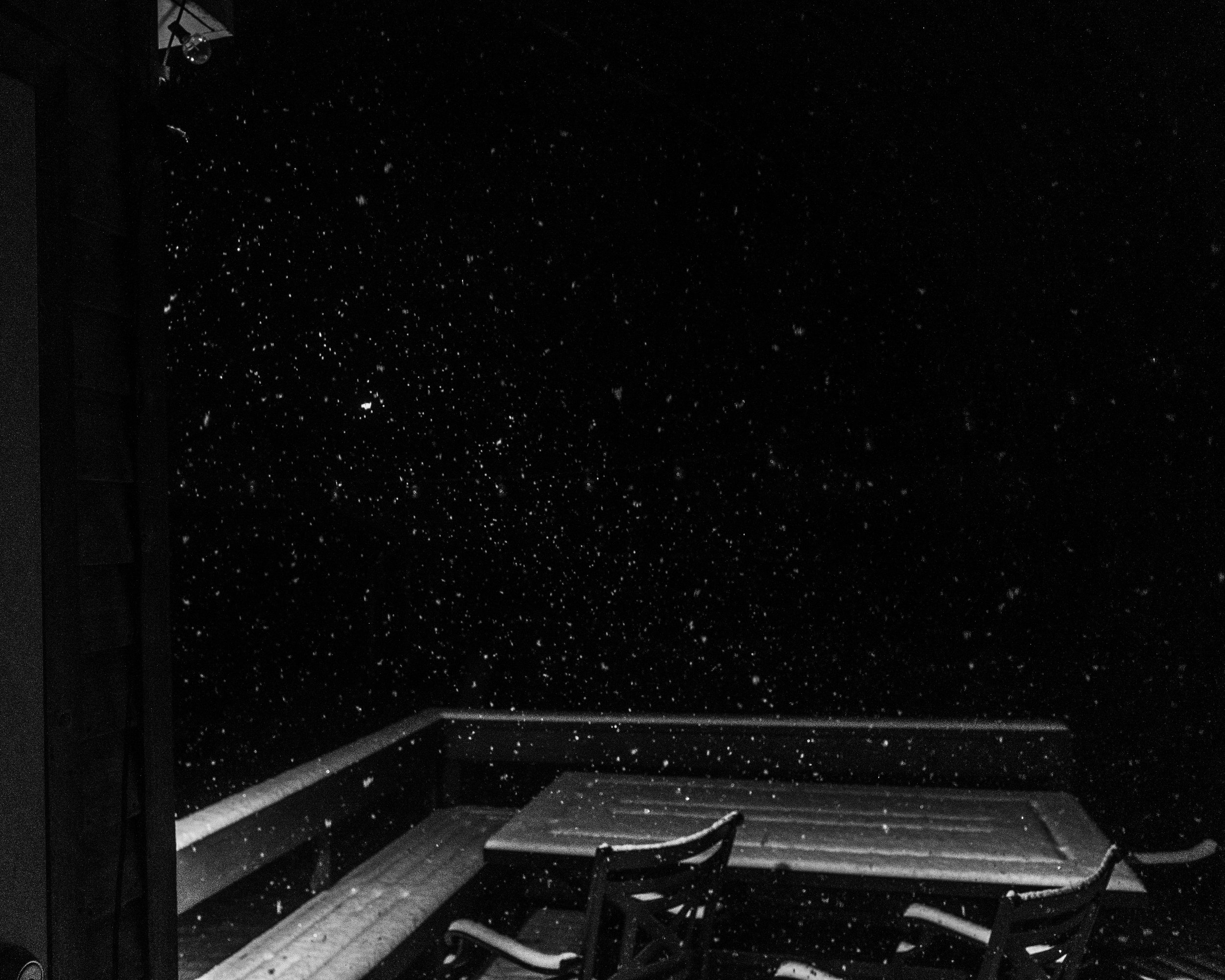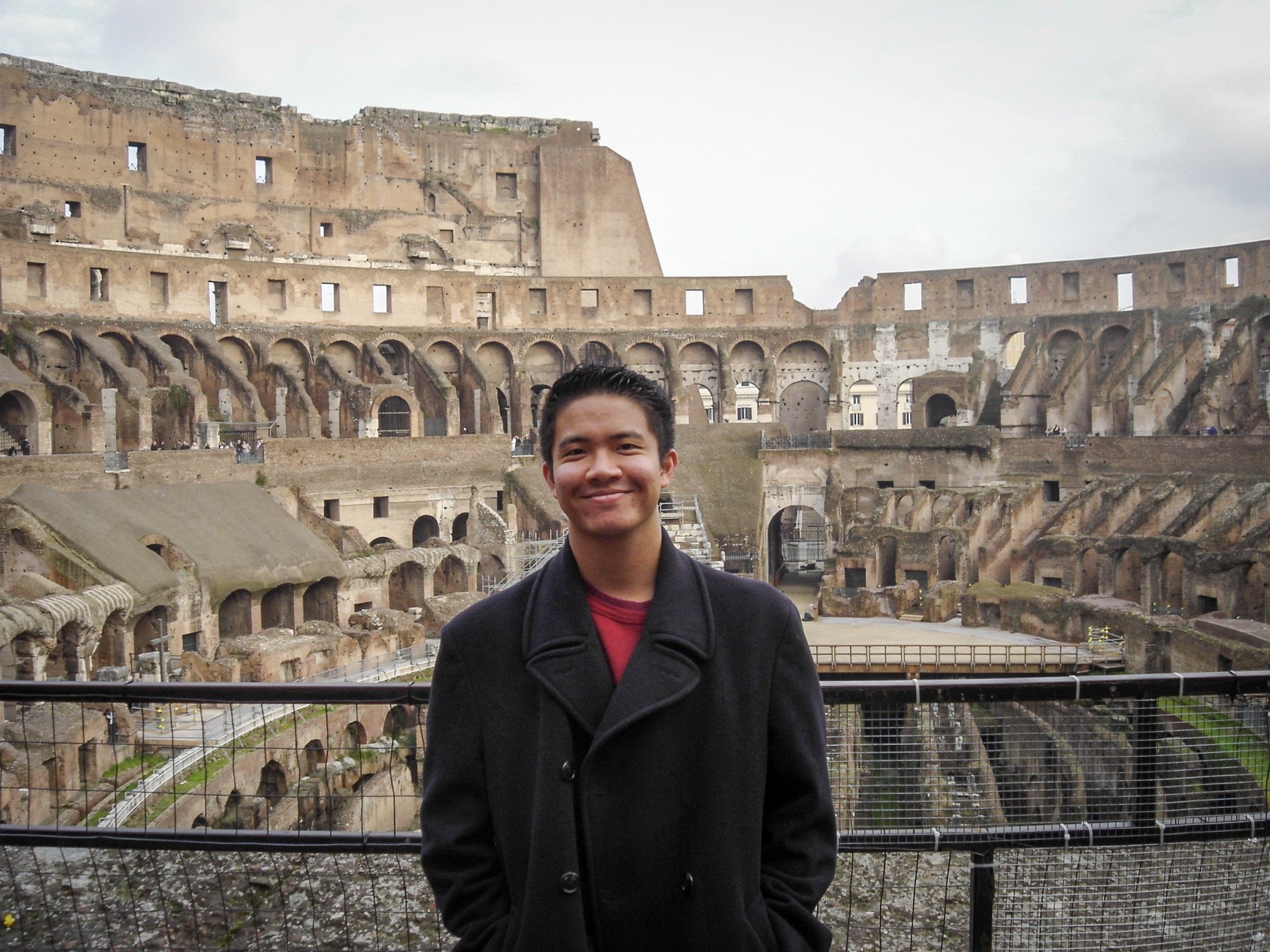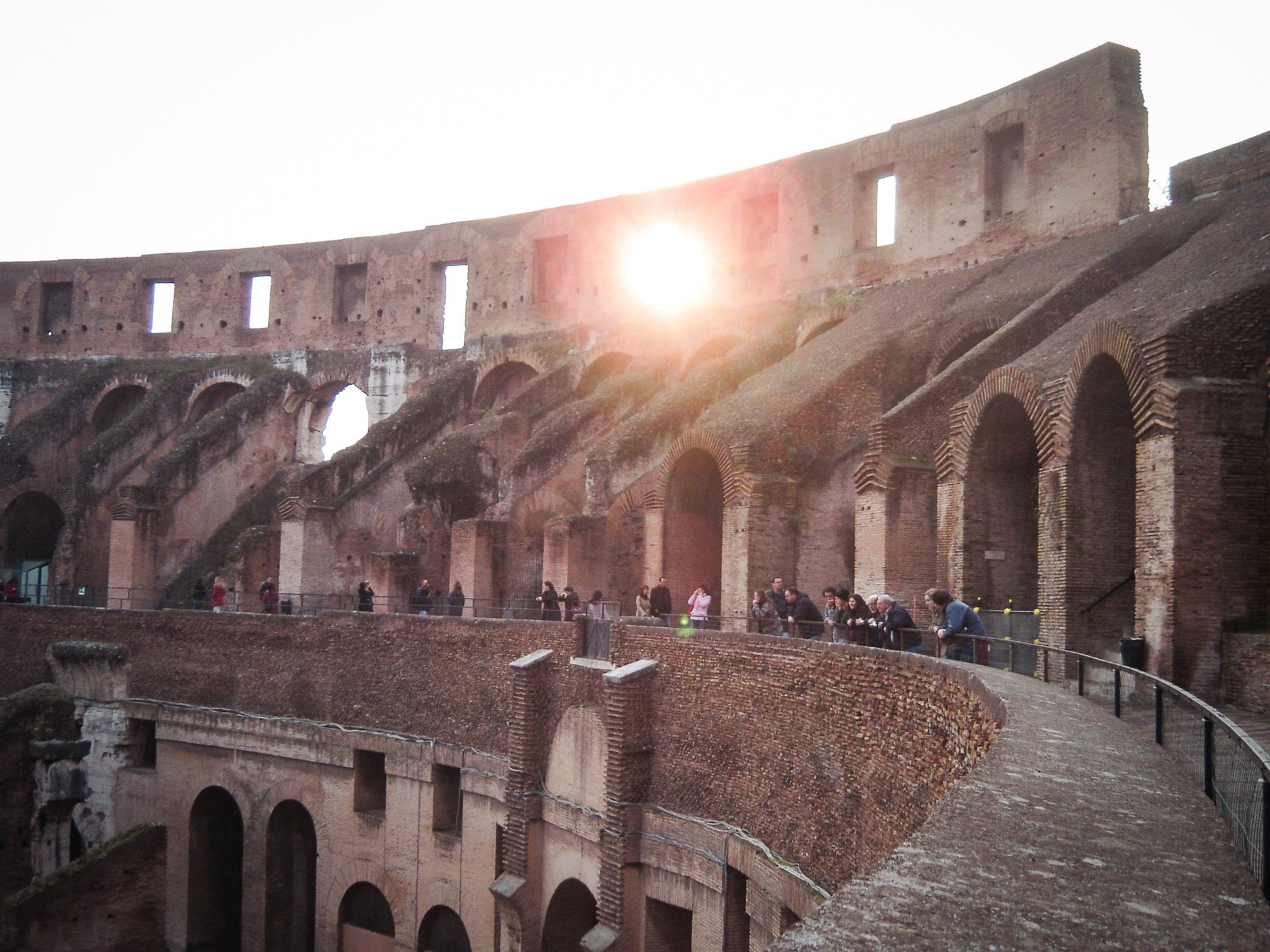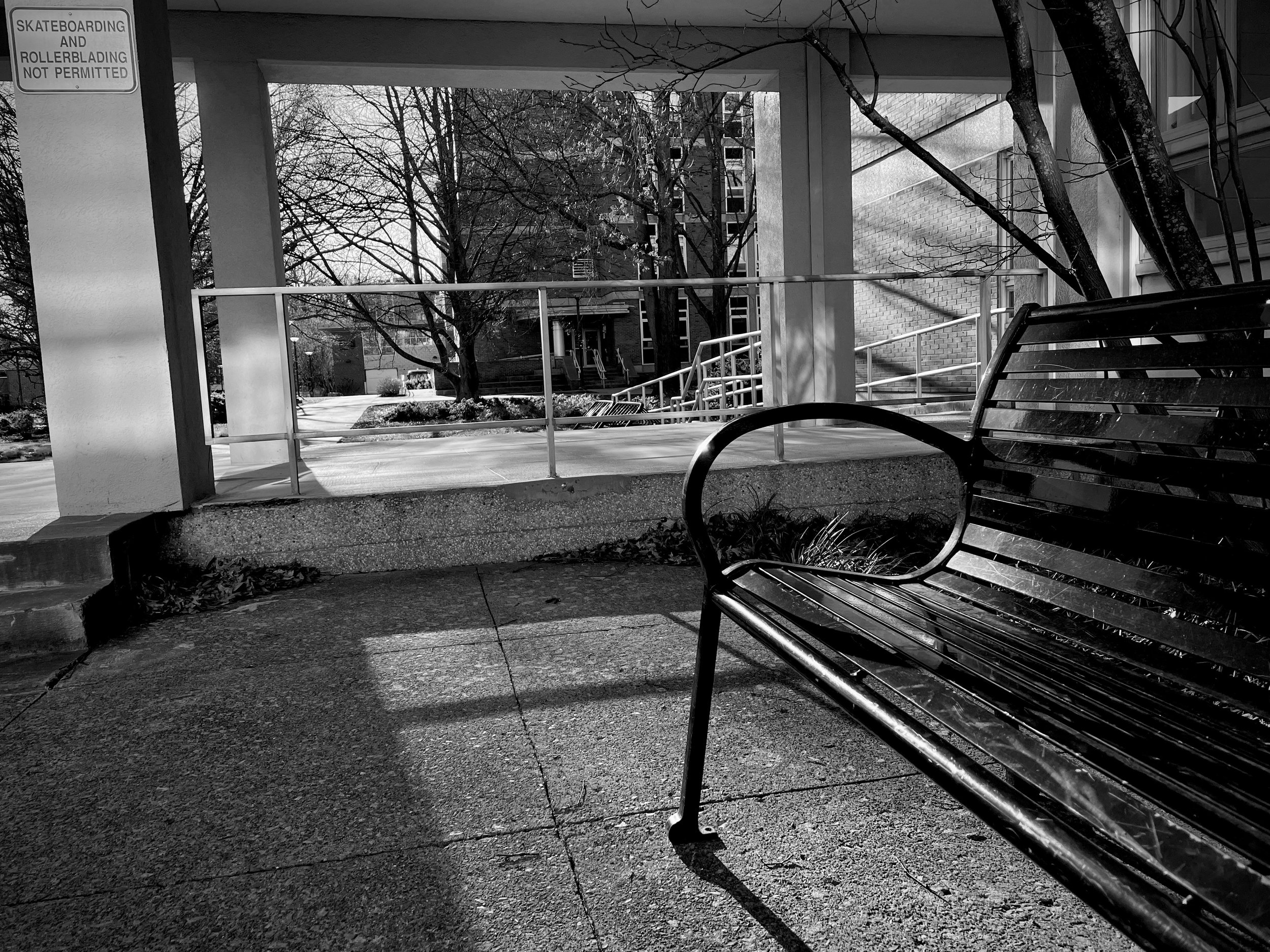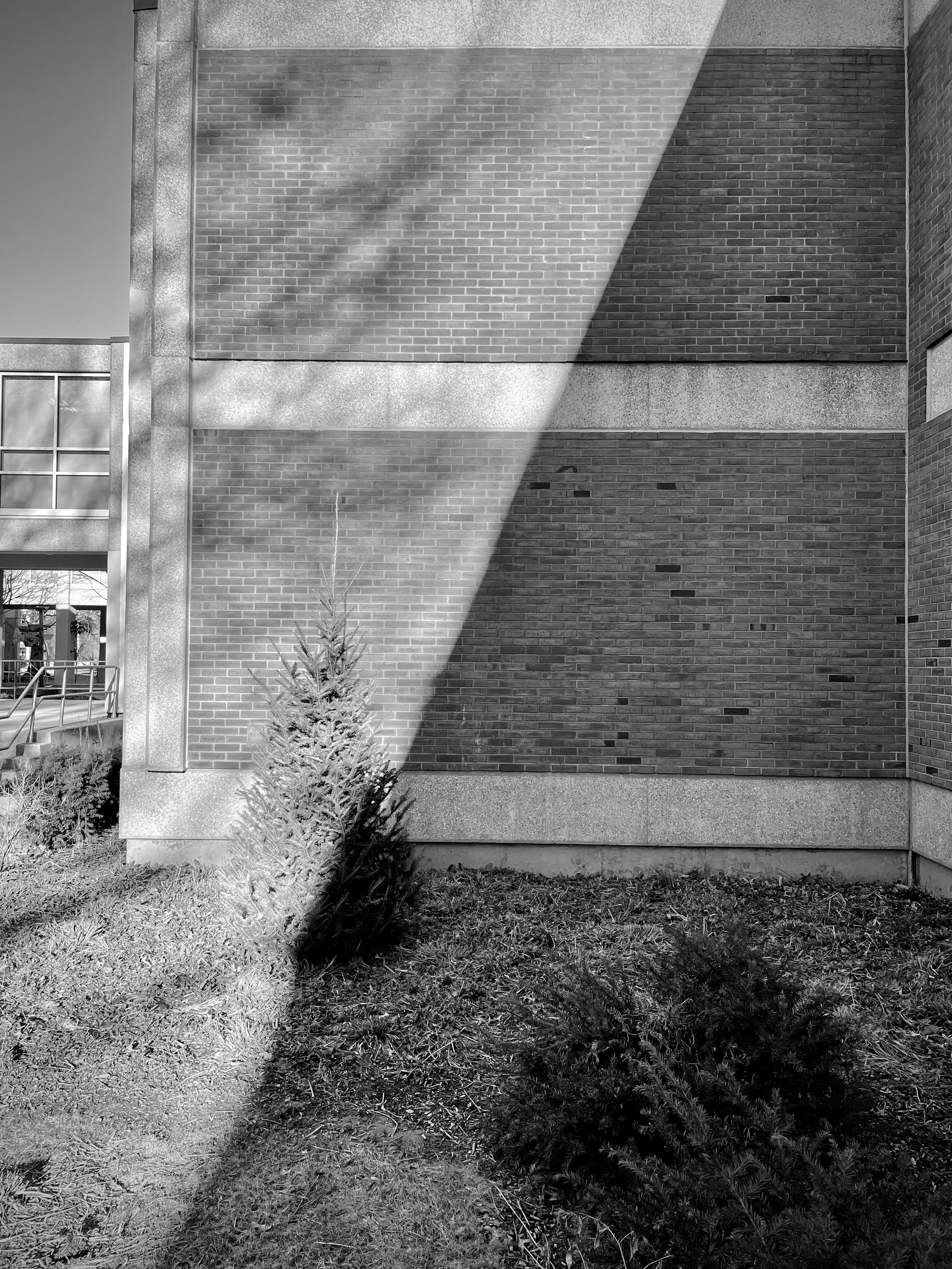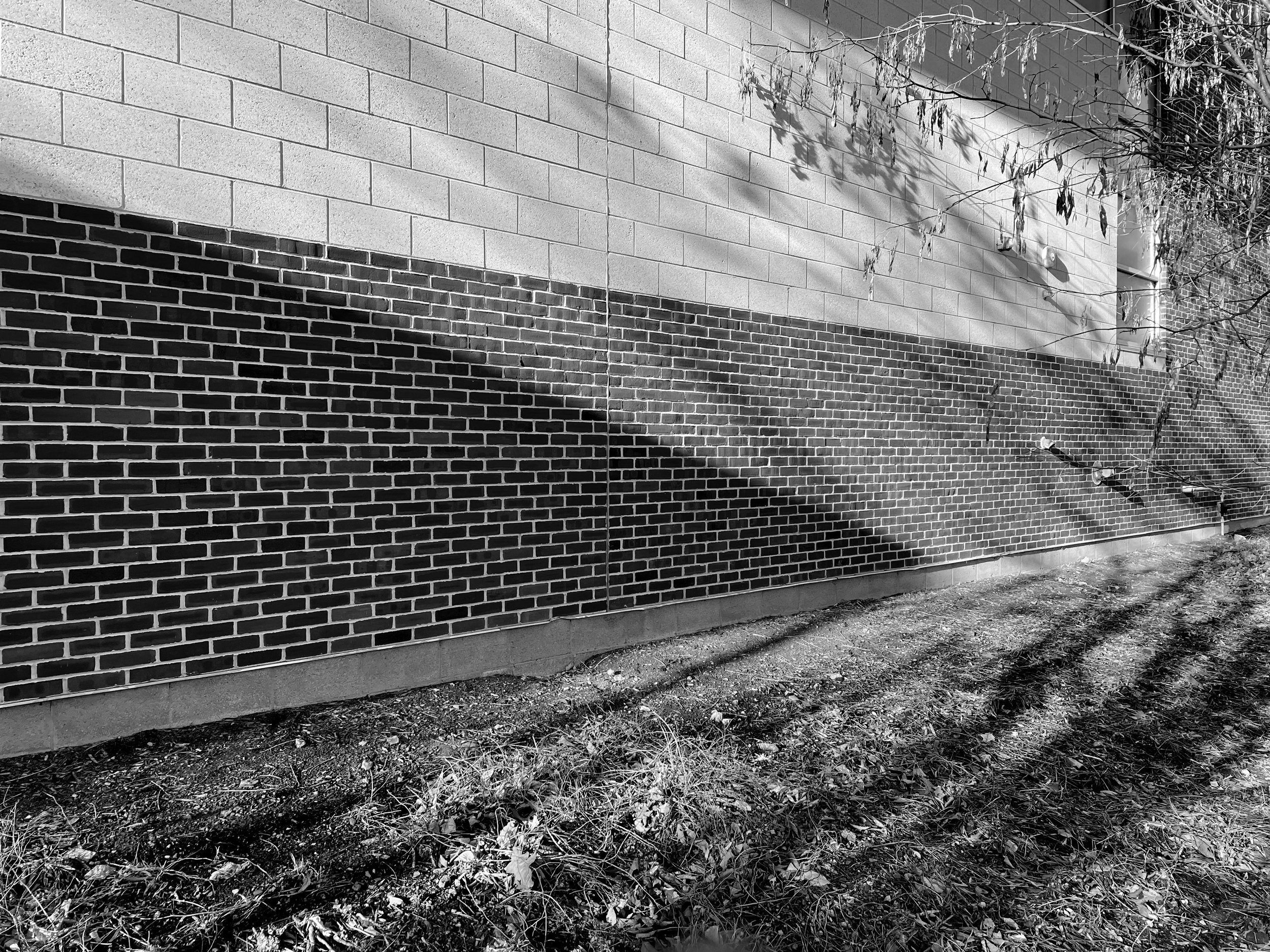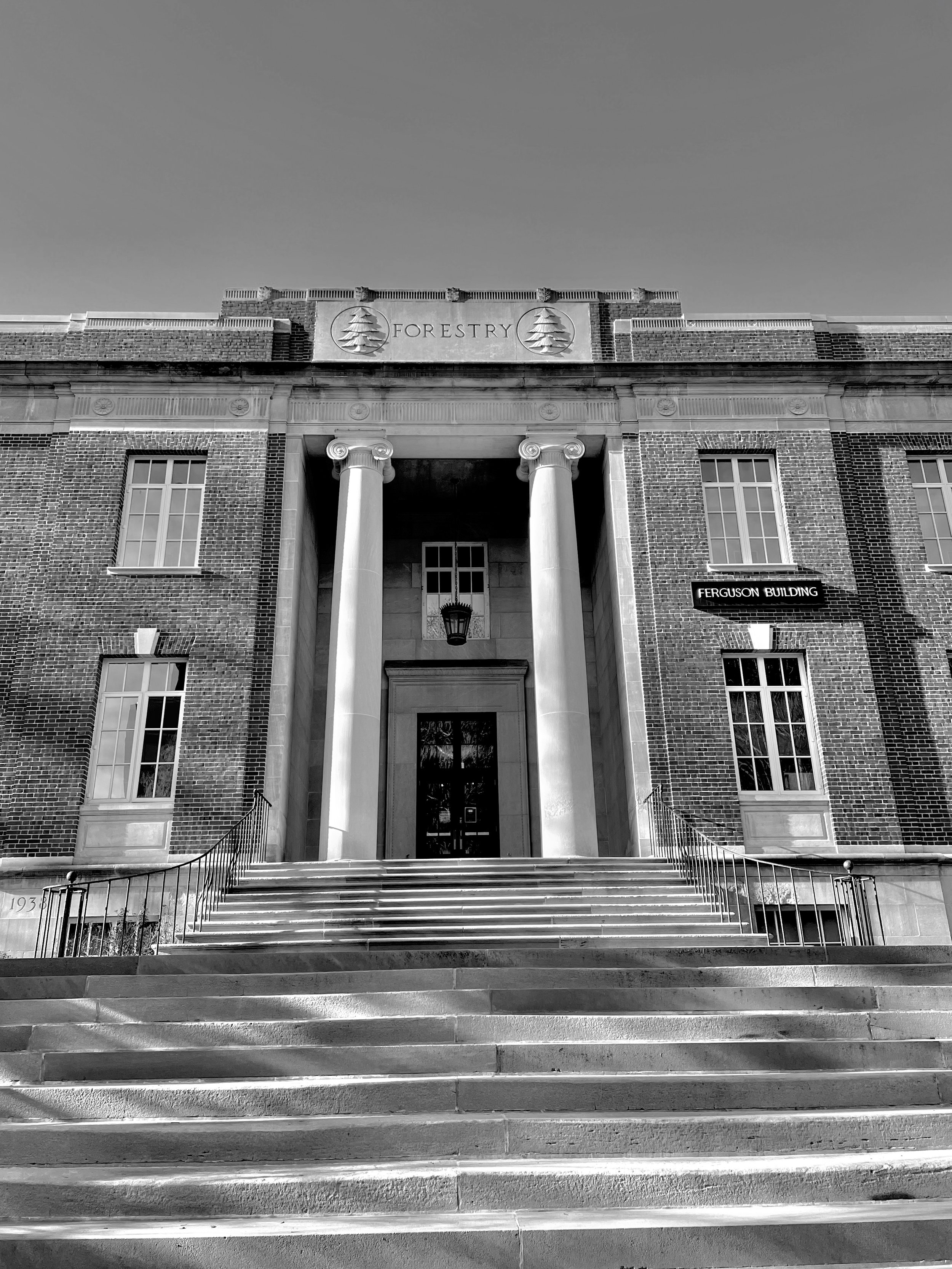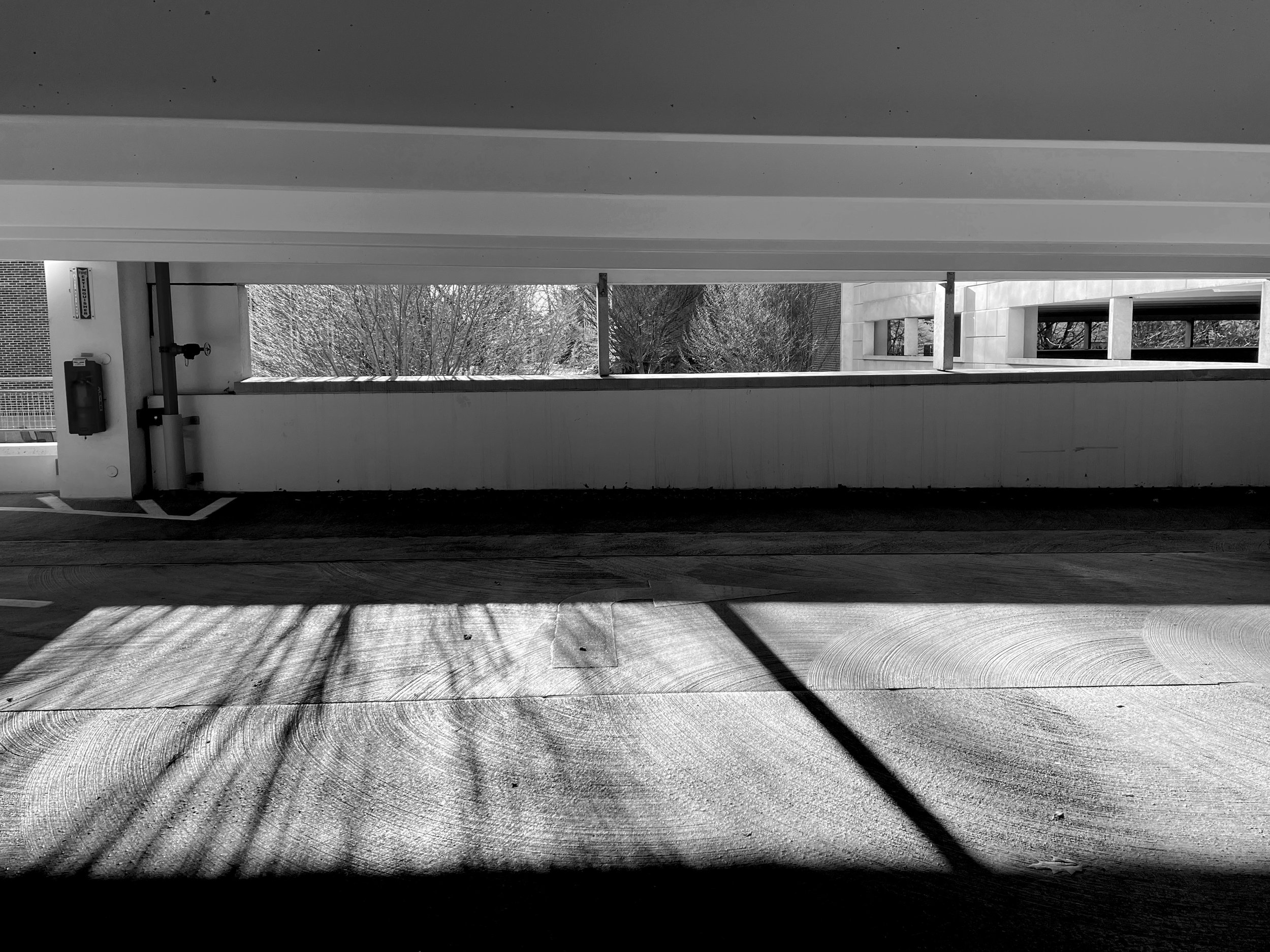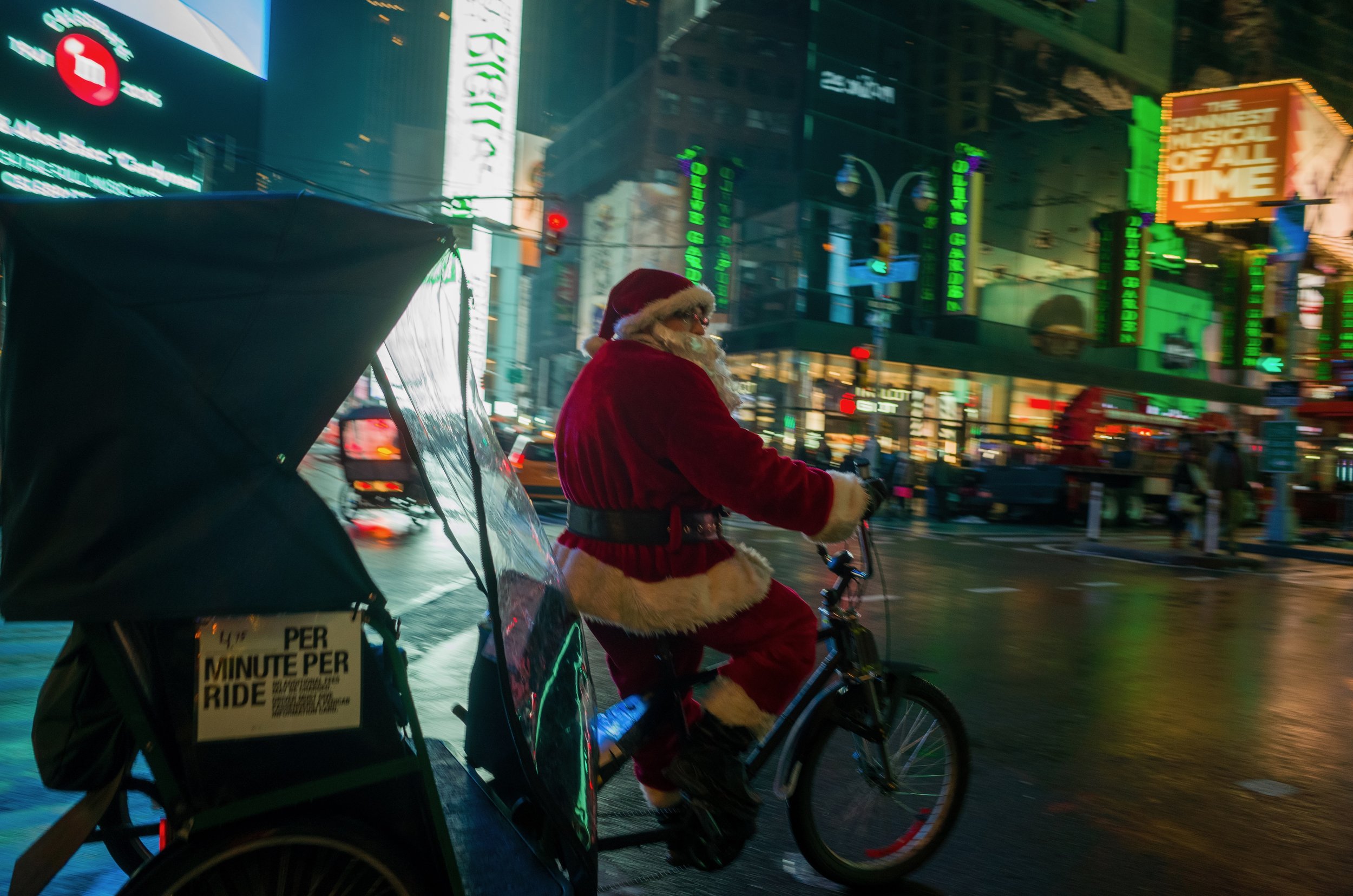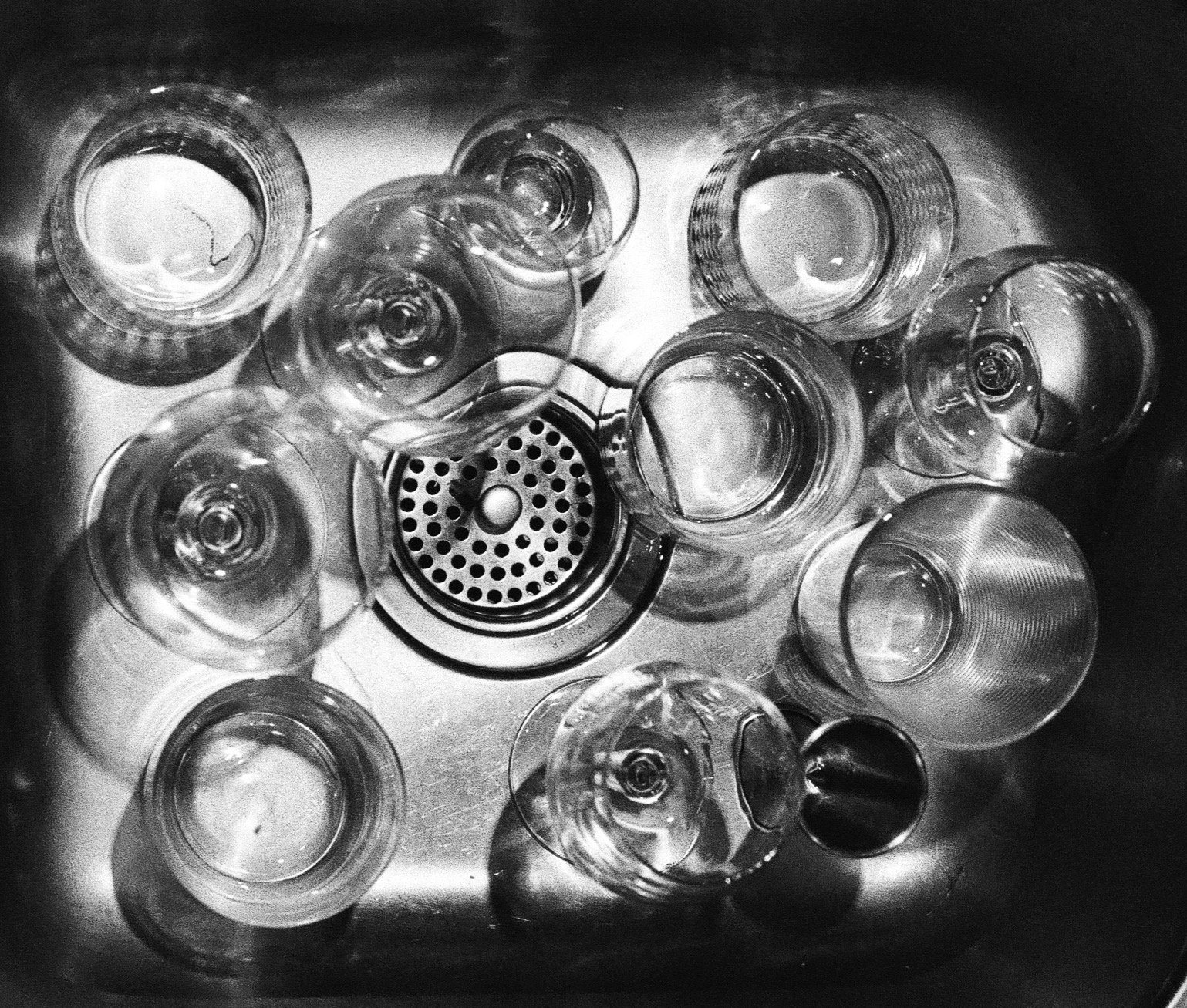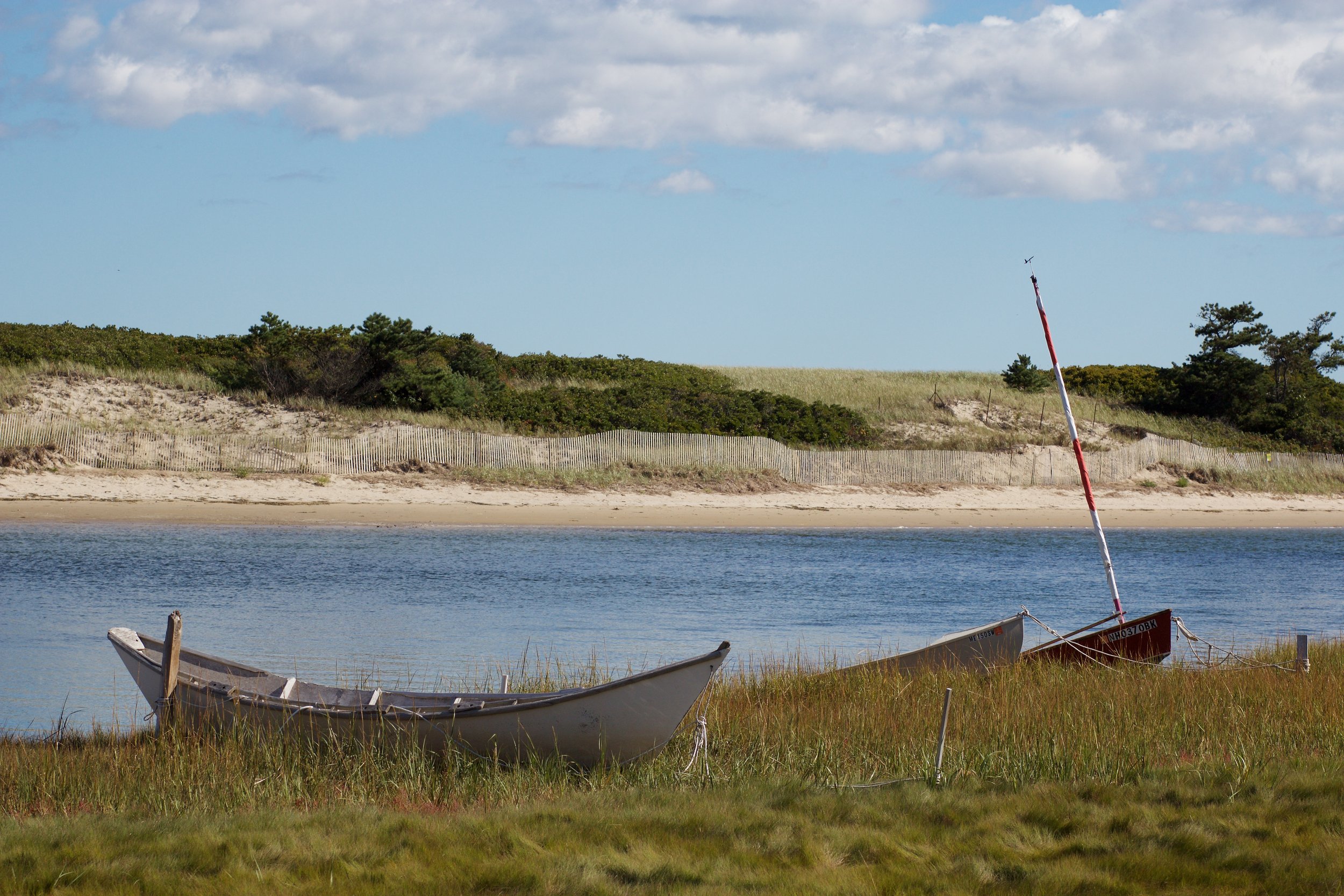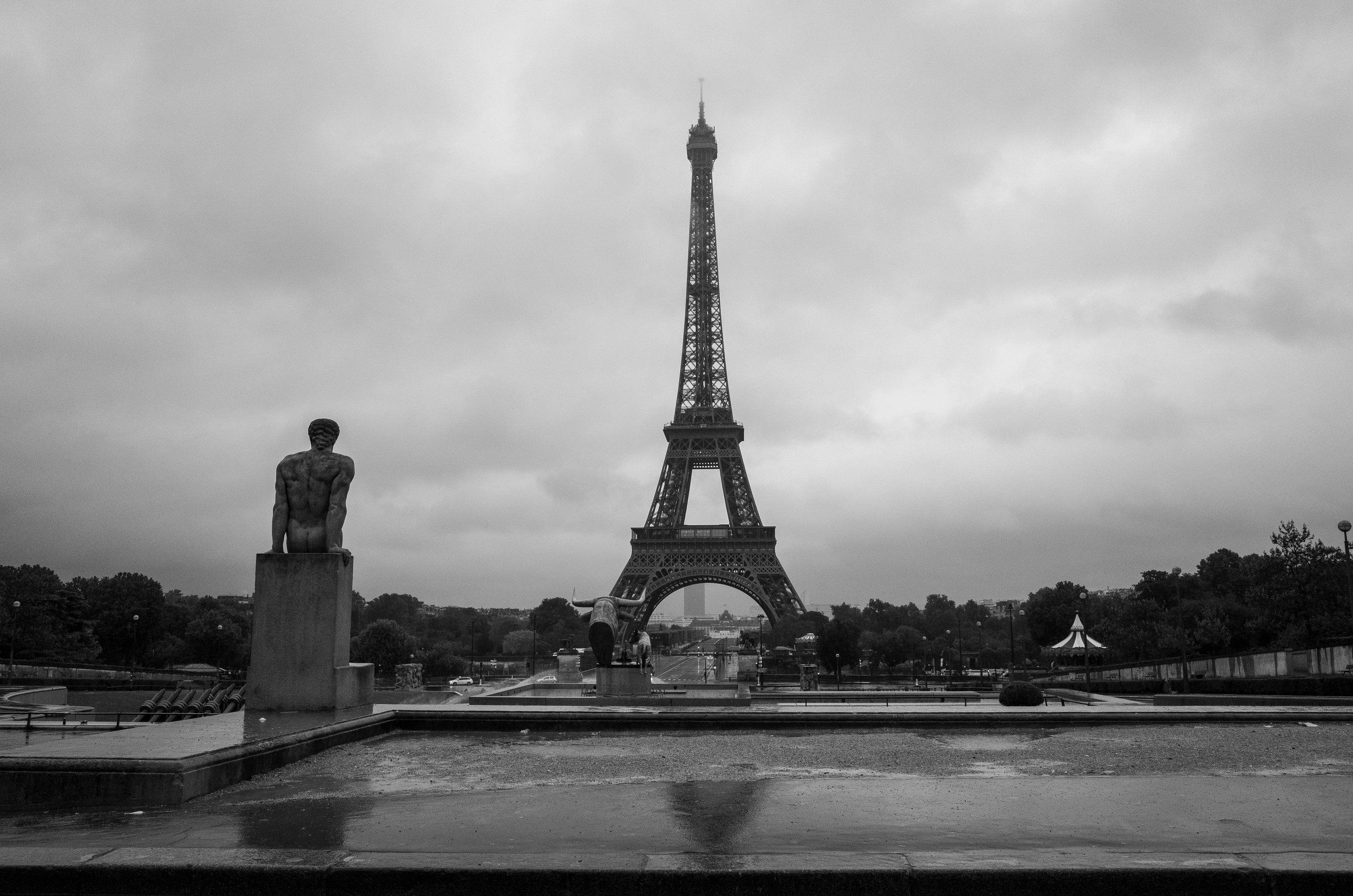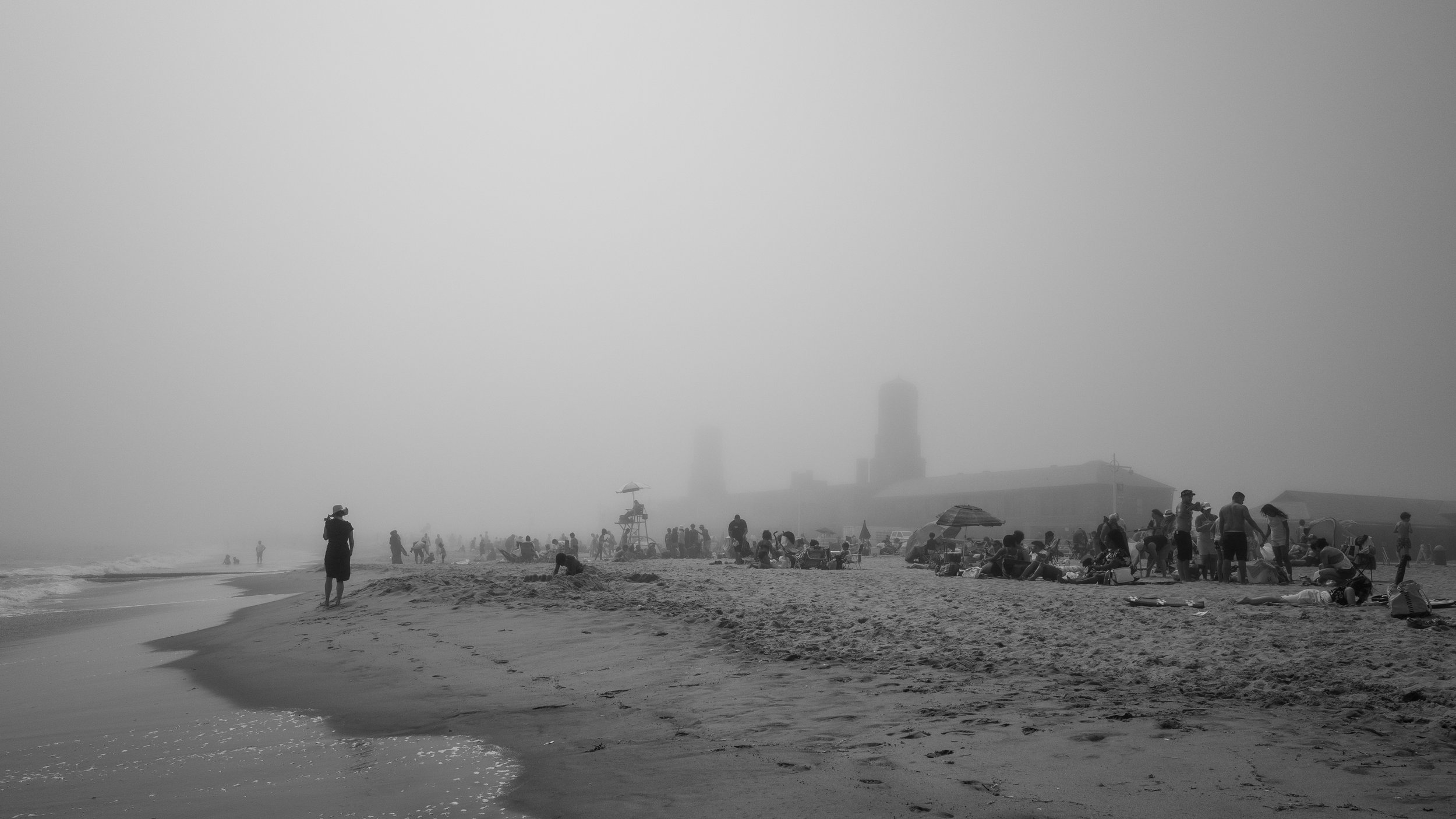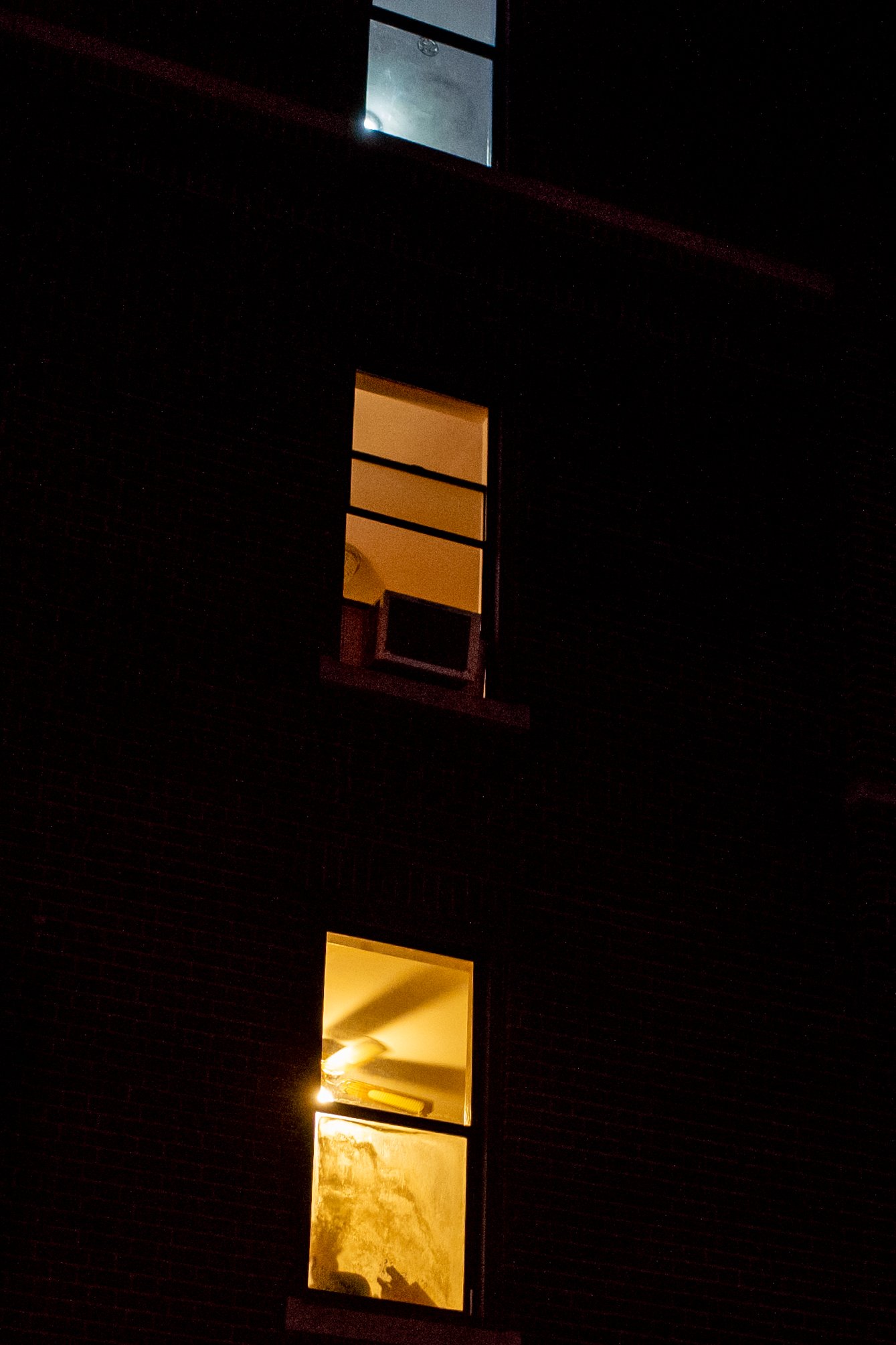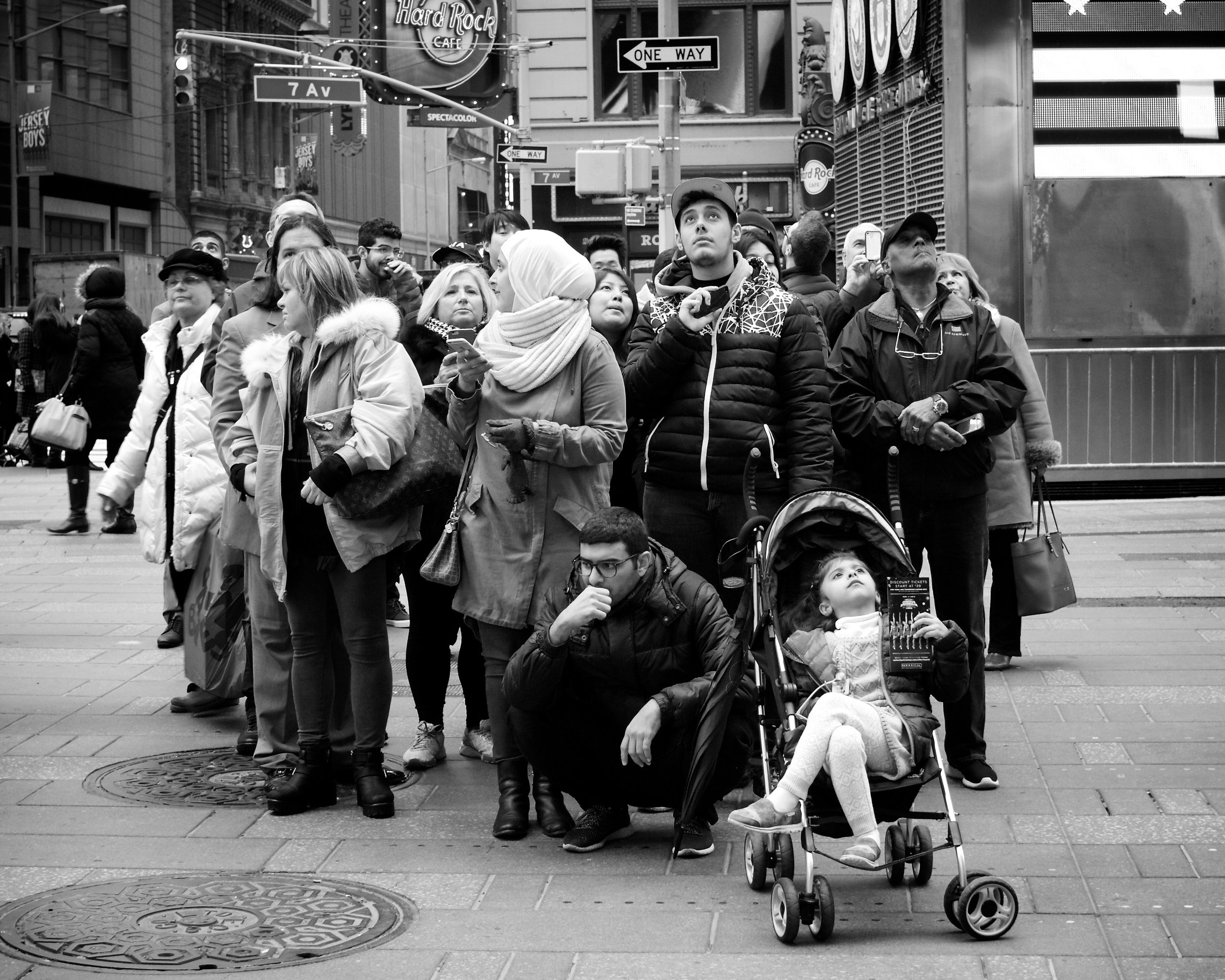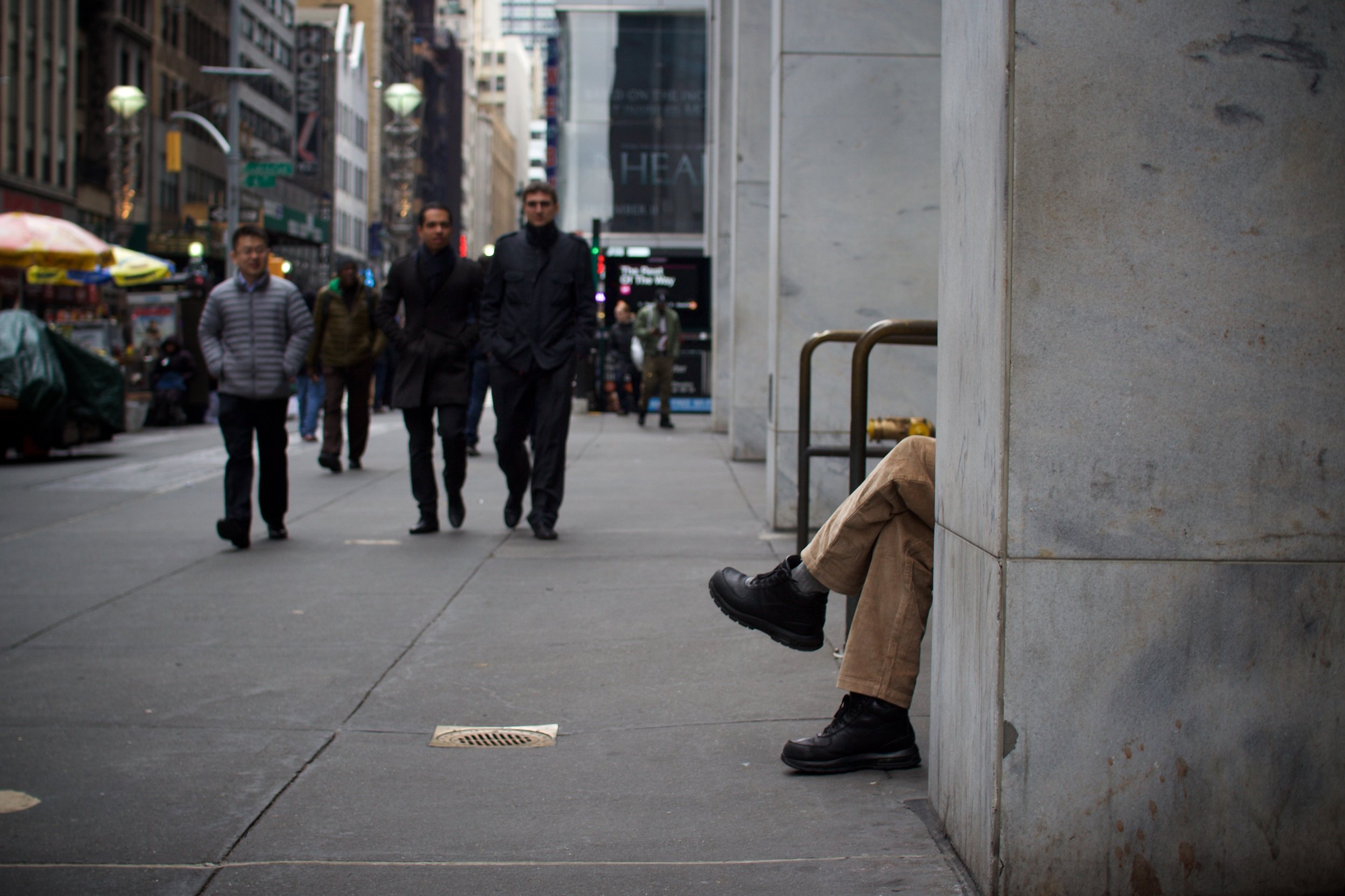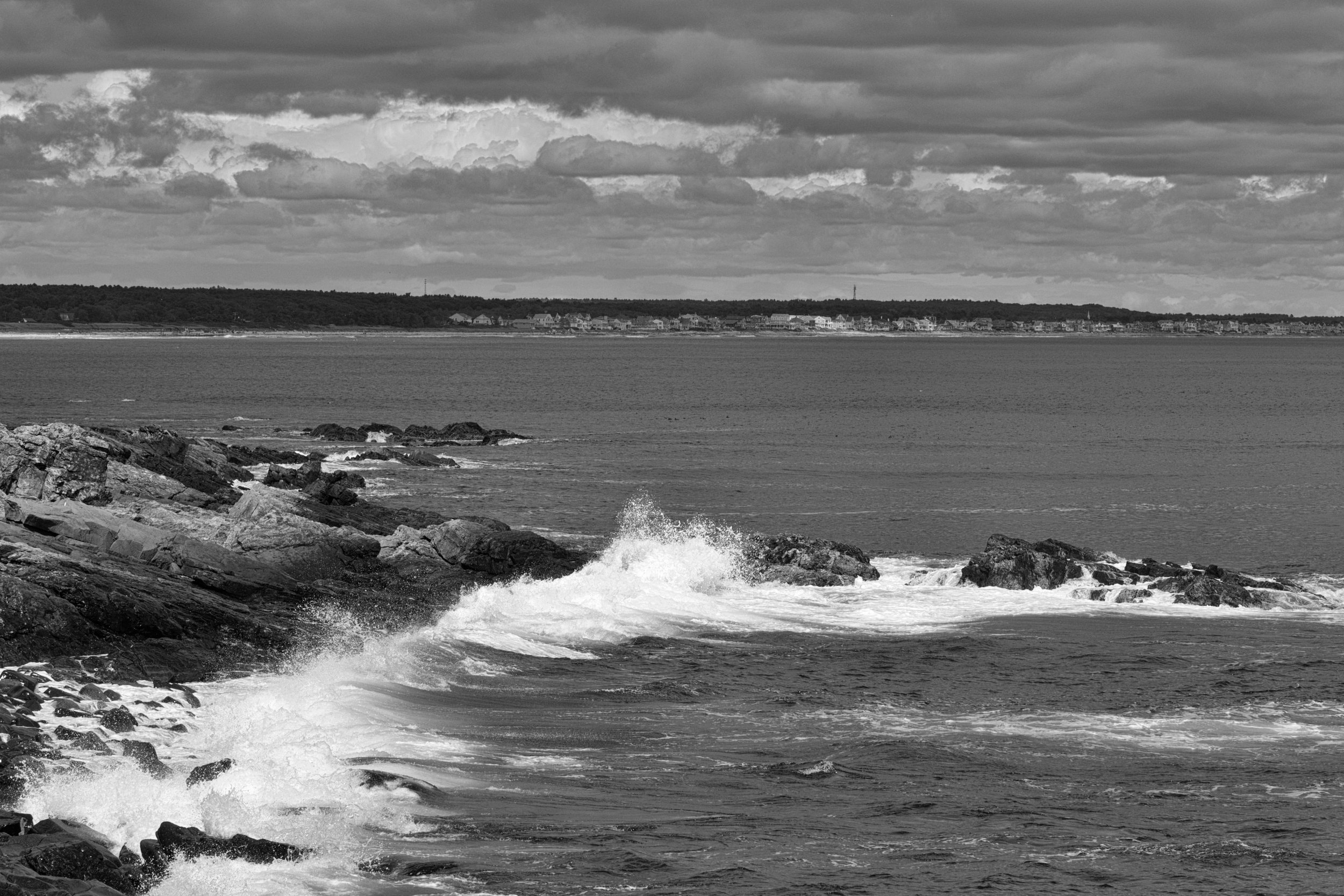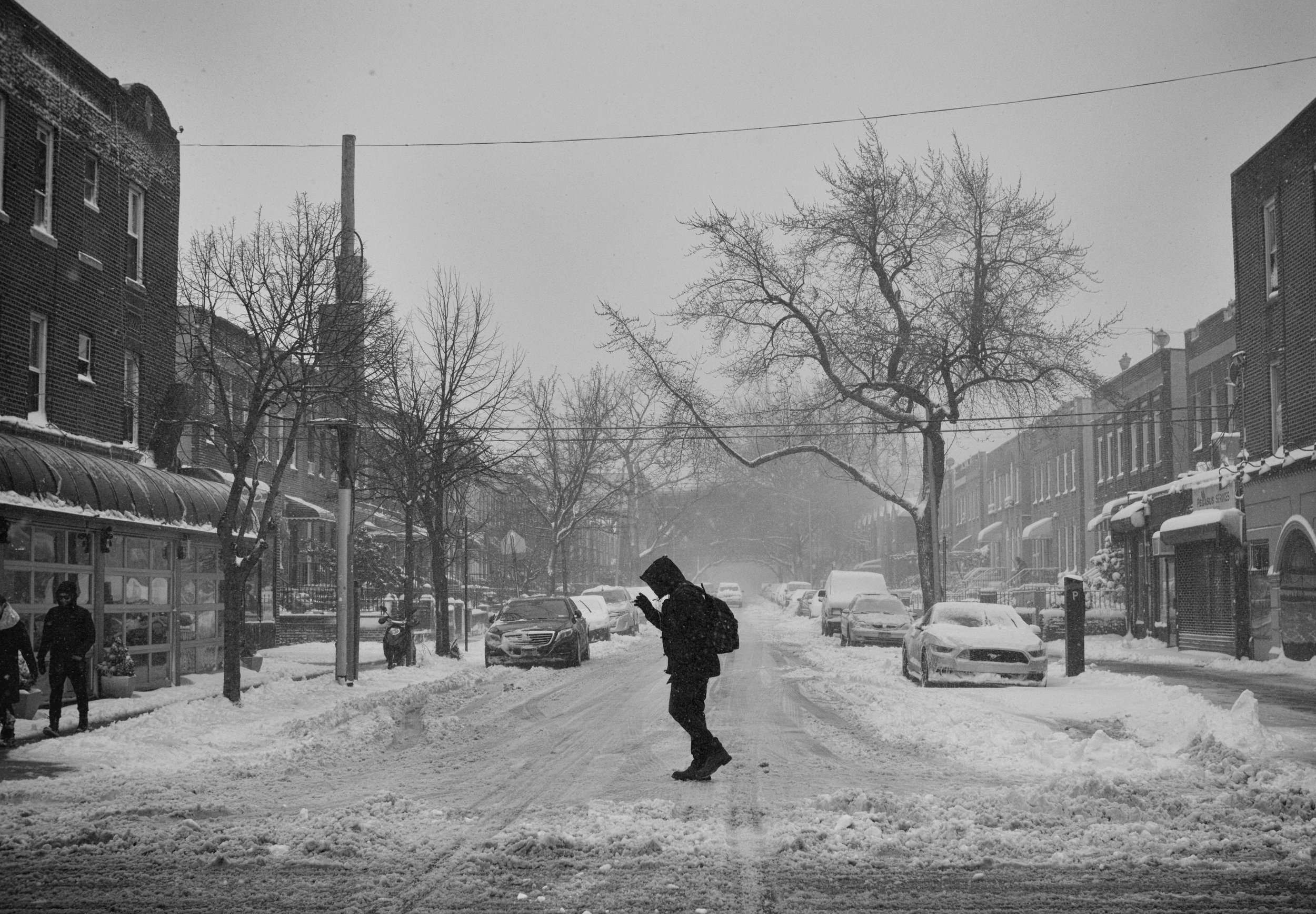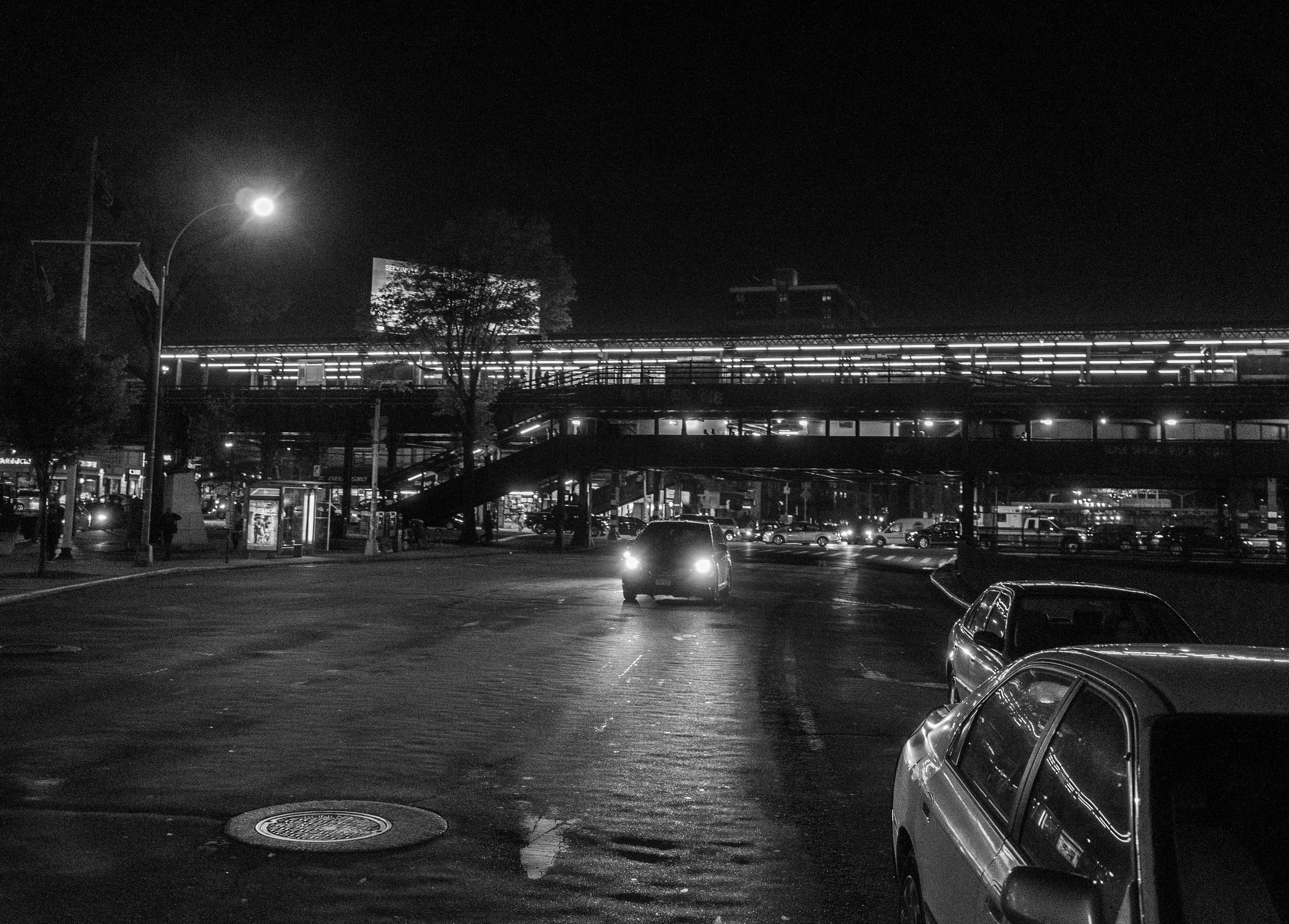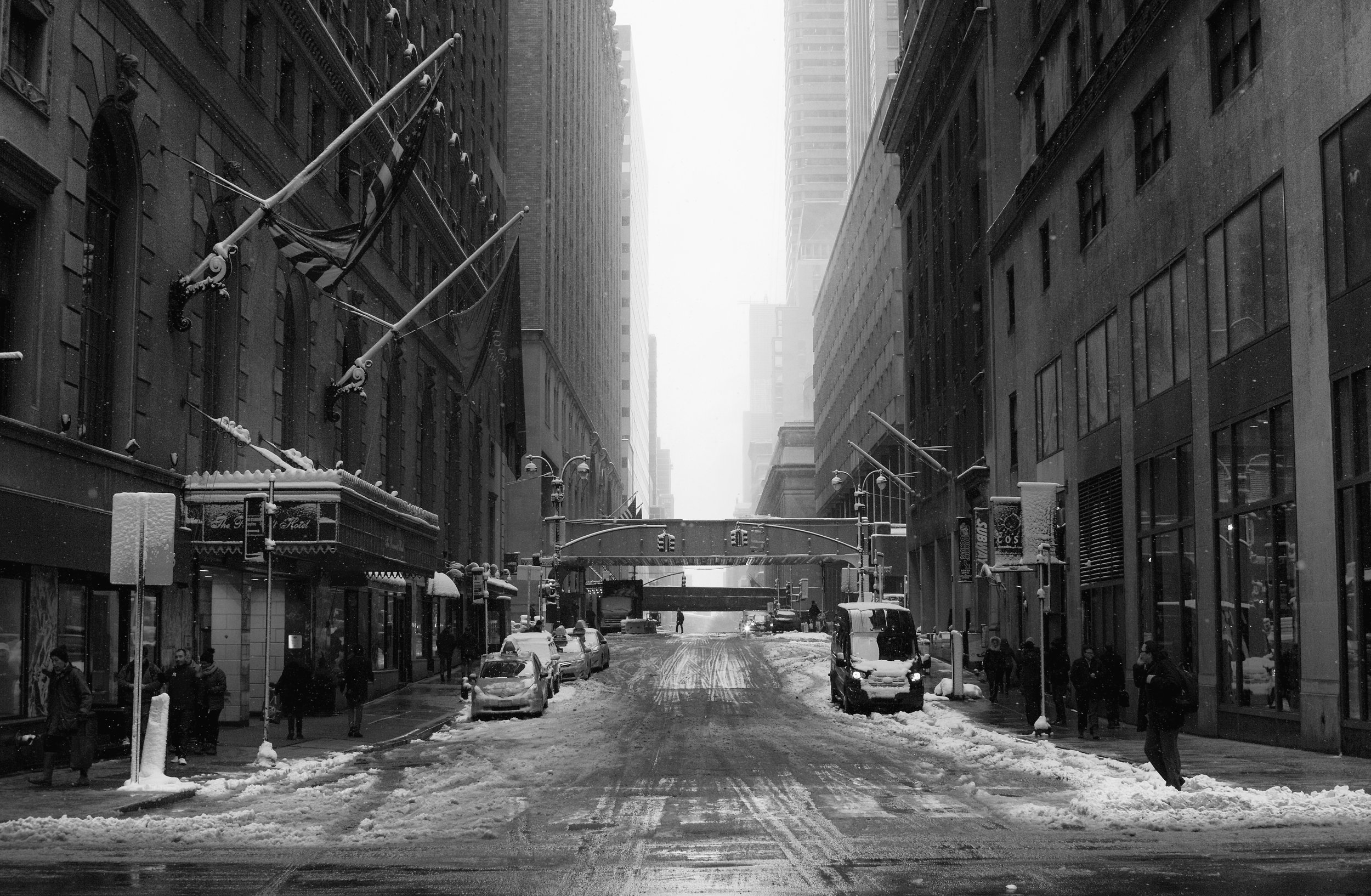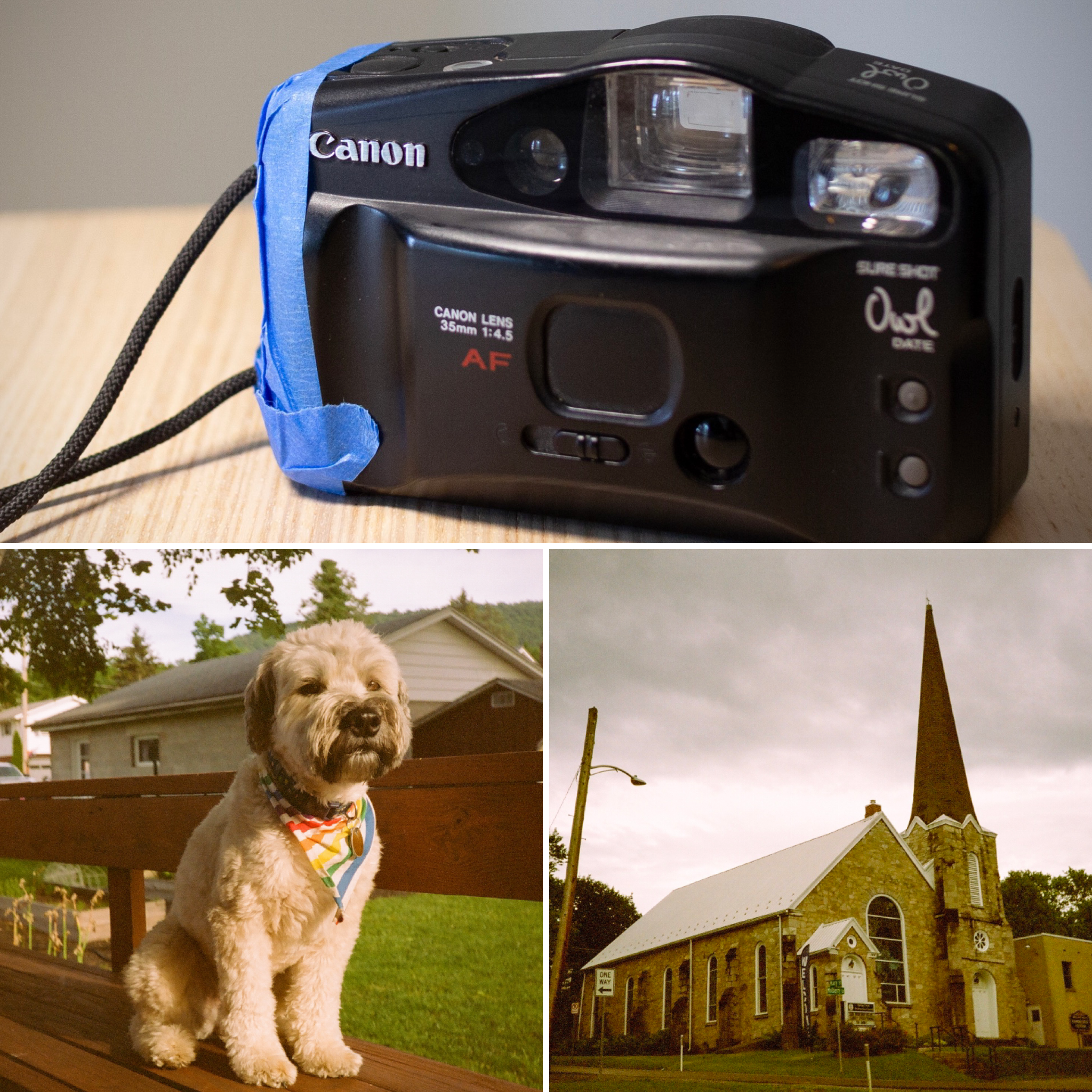I have a small binder full of instax photos, and most of them are of this dear little guy.
Aside from my desire to share his absolute cuteness, I thought I'd post these because they're a half-decent example of what the SQ1's indoor shots of humans look like under different lighting conditions.
In image one, he's holding up a cookie scooper atop his stool in the kitchen. There's a giant smile on his face, and broad rays of light come through the window behind him. We can see the background clearly, but we can also see his face and smile, courtesy of the always-on flash.
If I'm understanding this right, the camera is exposing for the light in the scene, and given that the flash and sunlight are both pretty bright, so the lighting looks pretty even between foreground and background.
In image two, he's holding a small pumpkin by its stem and smiling at the camera. We can see his face, but the rest of the background is pretty dark. The room this was taken in isn't naturally very bright, but it certainly isn't as dark as this. Here, that darkness is caused by the camera exposing for the subject brightly lit by the flash, but unlike in photo one, that background is starting out a bit darker (darker at least than morning light streaming in through a window). So as the camera tries to expose the subject properly, that background gets darkened.
The look of image two does shout analog/film very loudly, and I can see how this aesthetic might be appealing. In my case, though, I'm mostly keeping an eye out for those backlit and sidelight moments, as I think I'm just going to like those results much better.
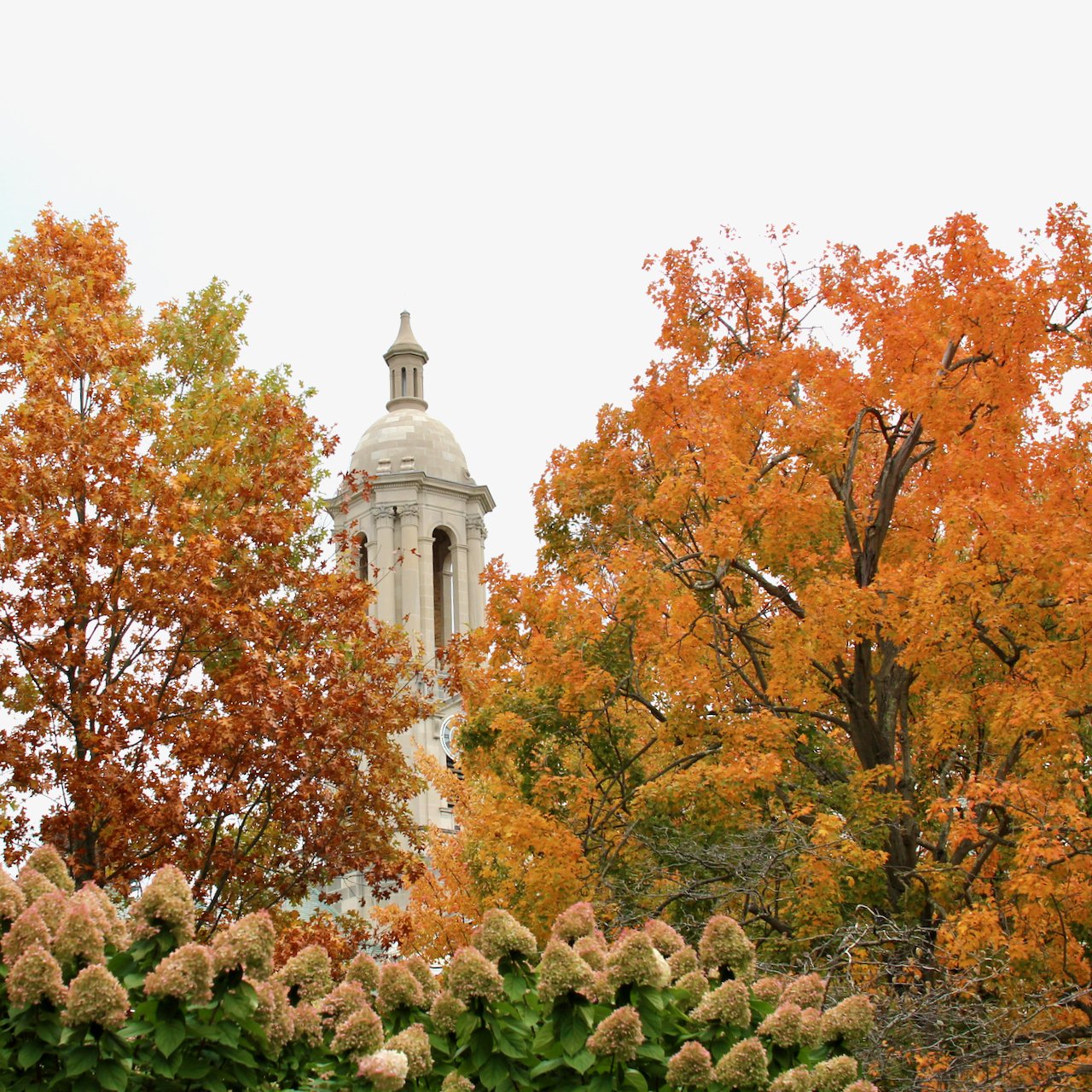
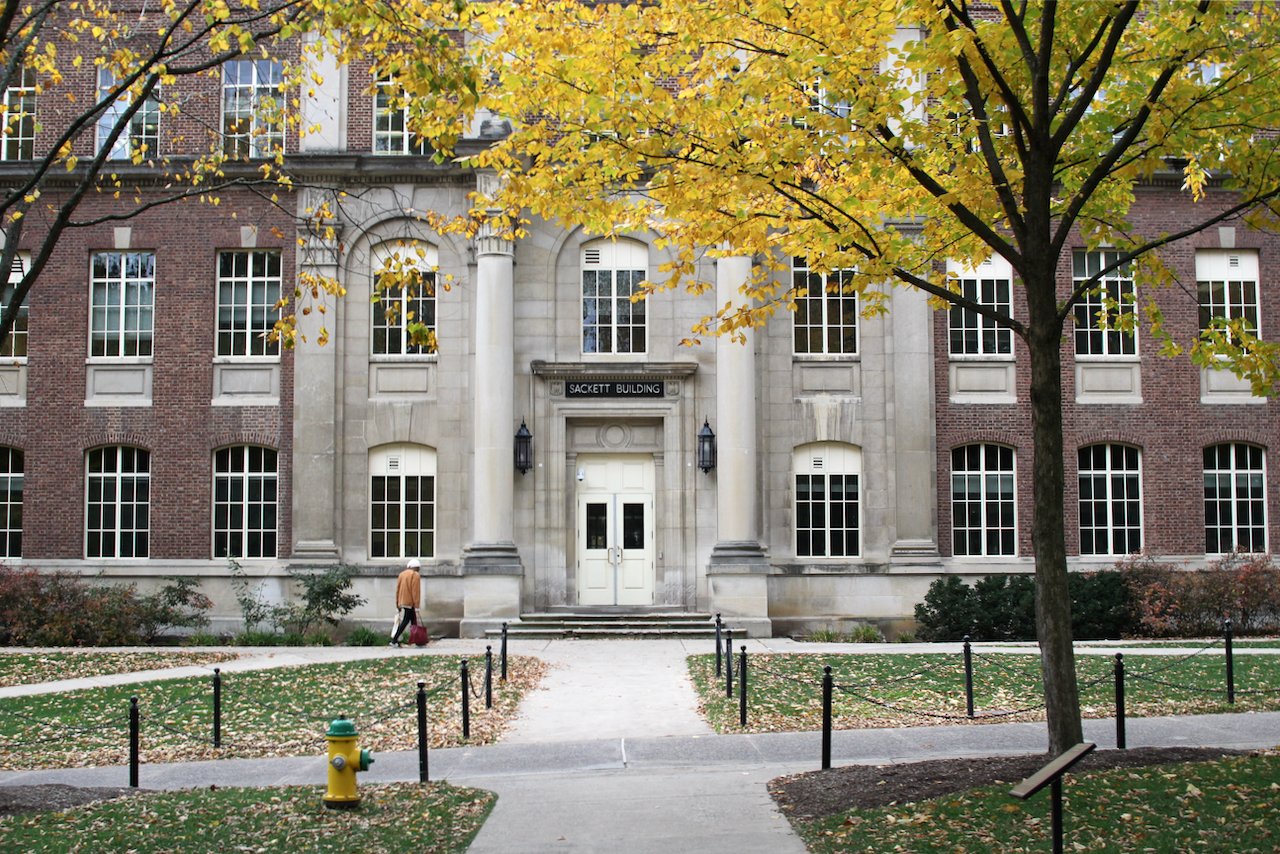

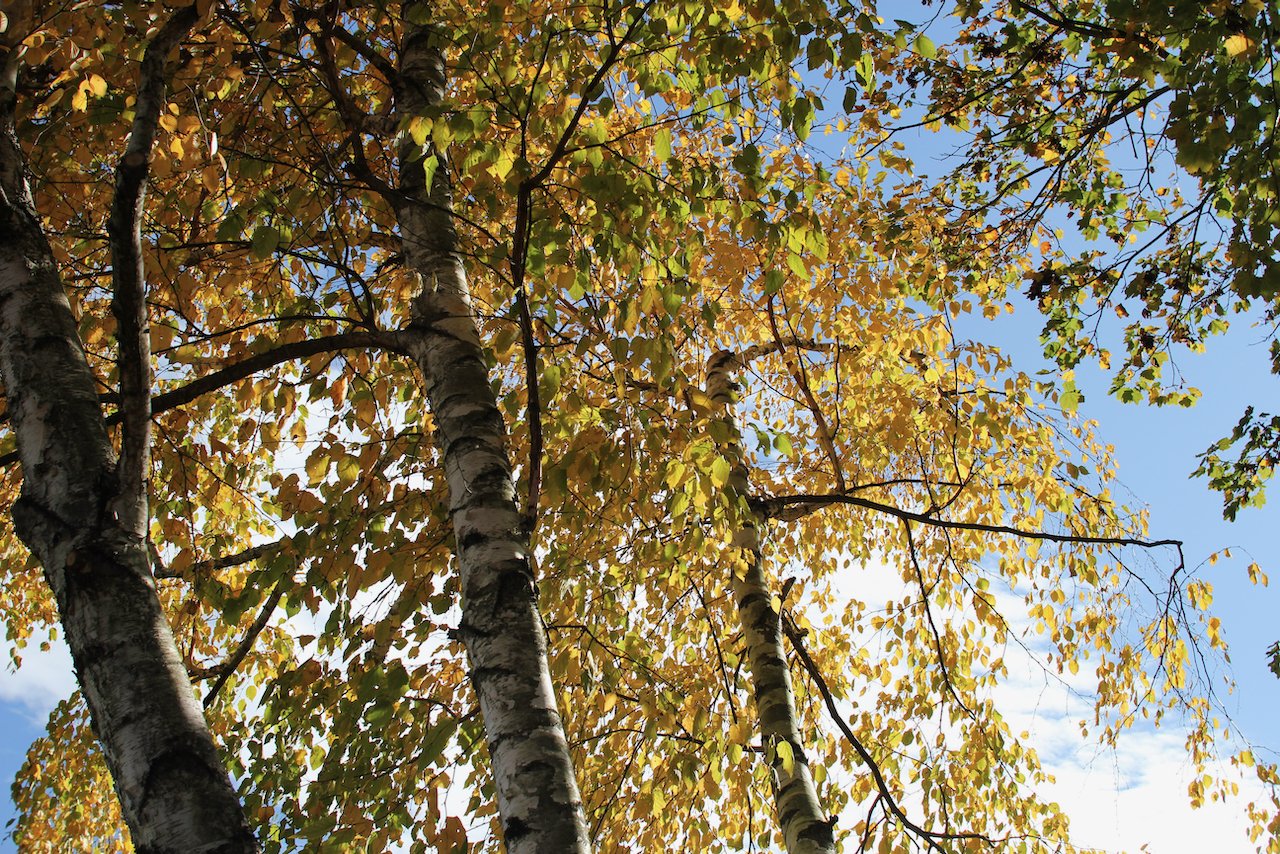
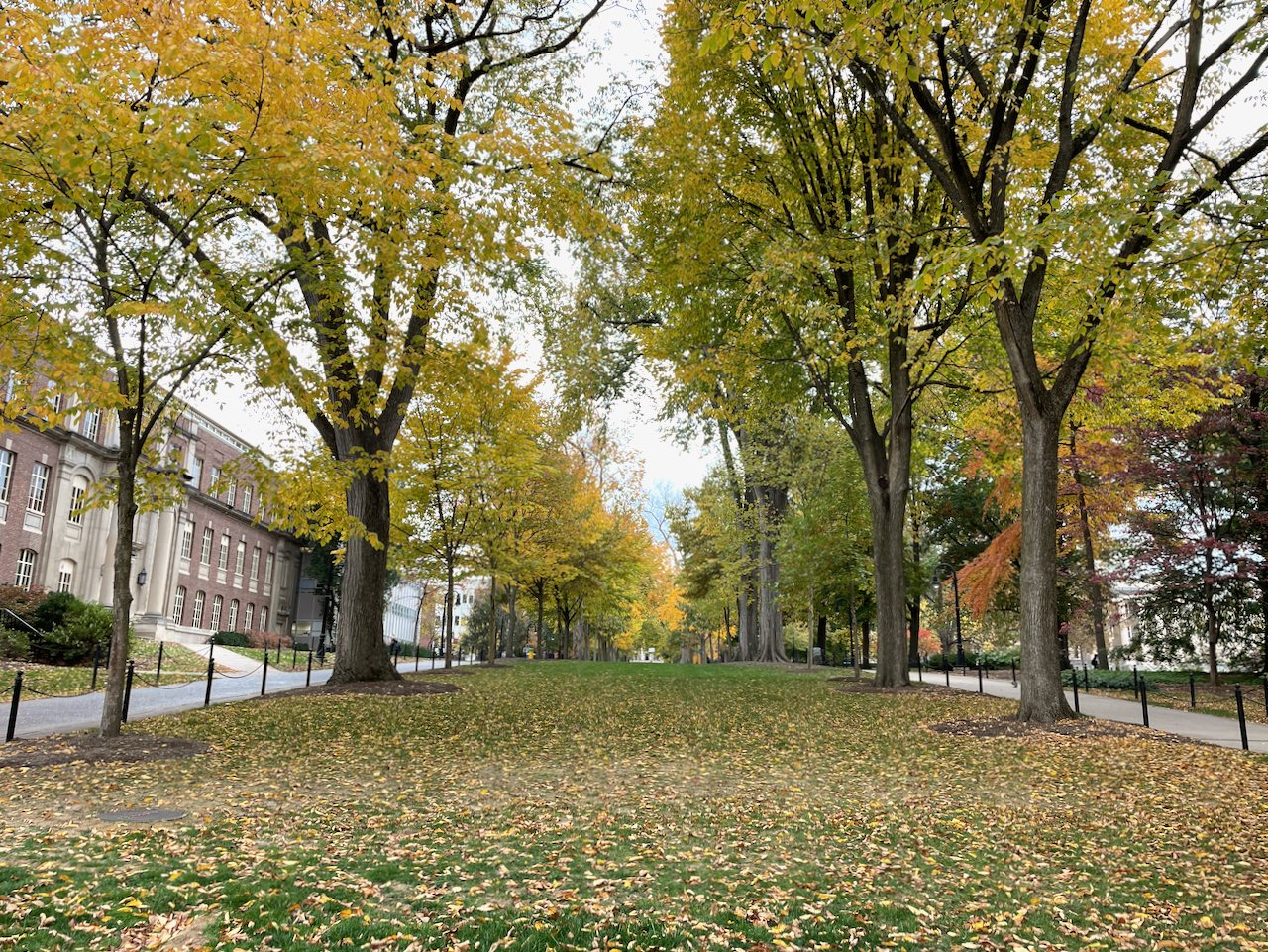
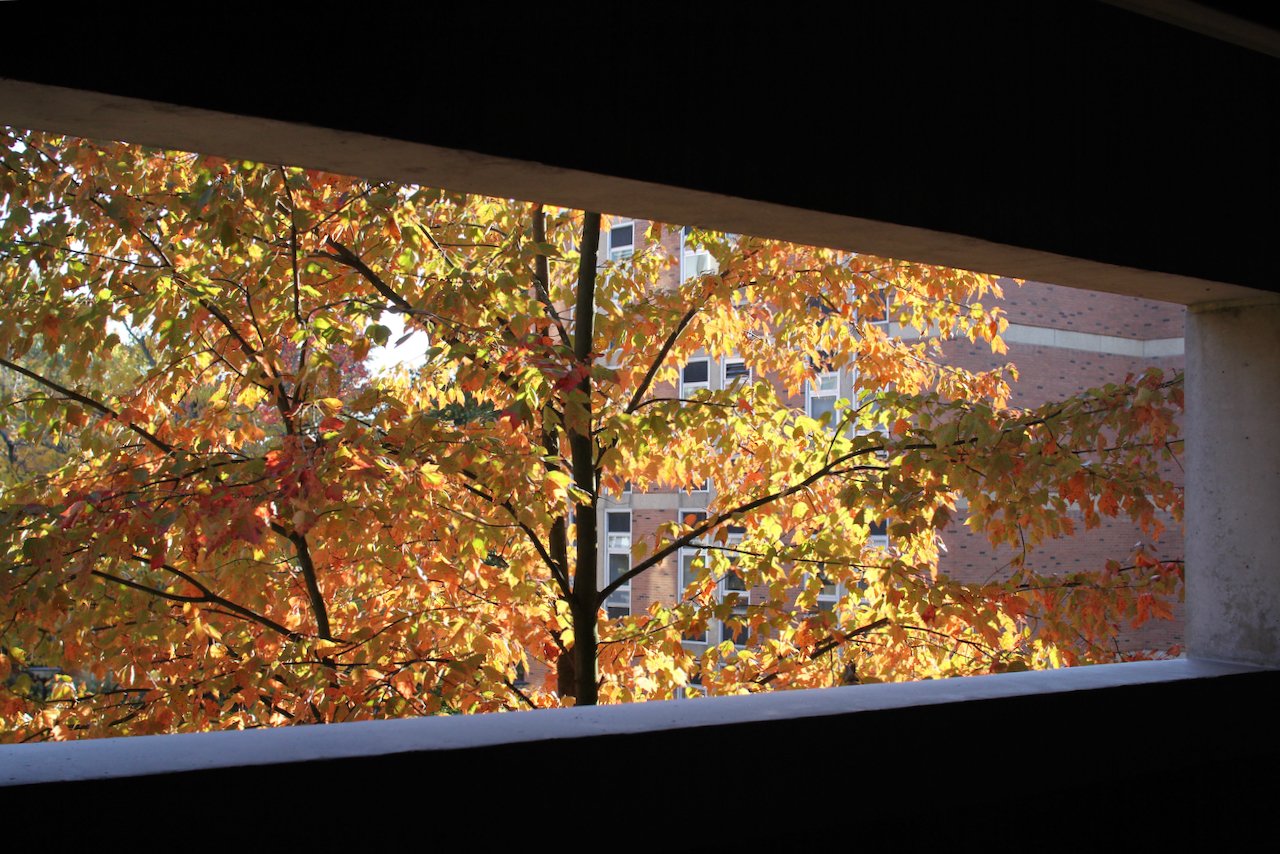
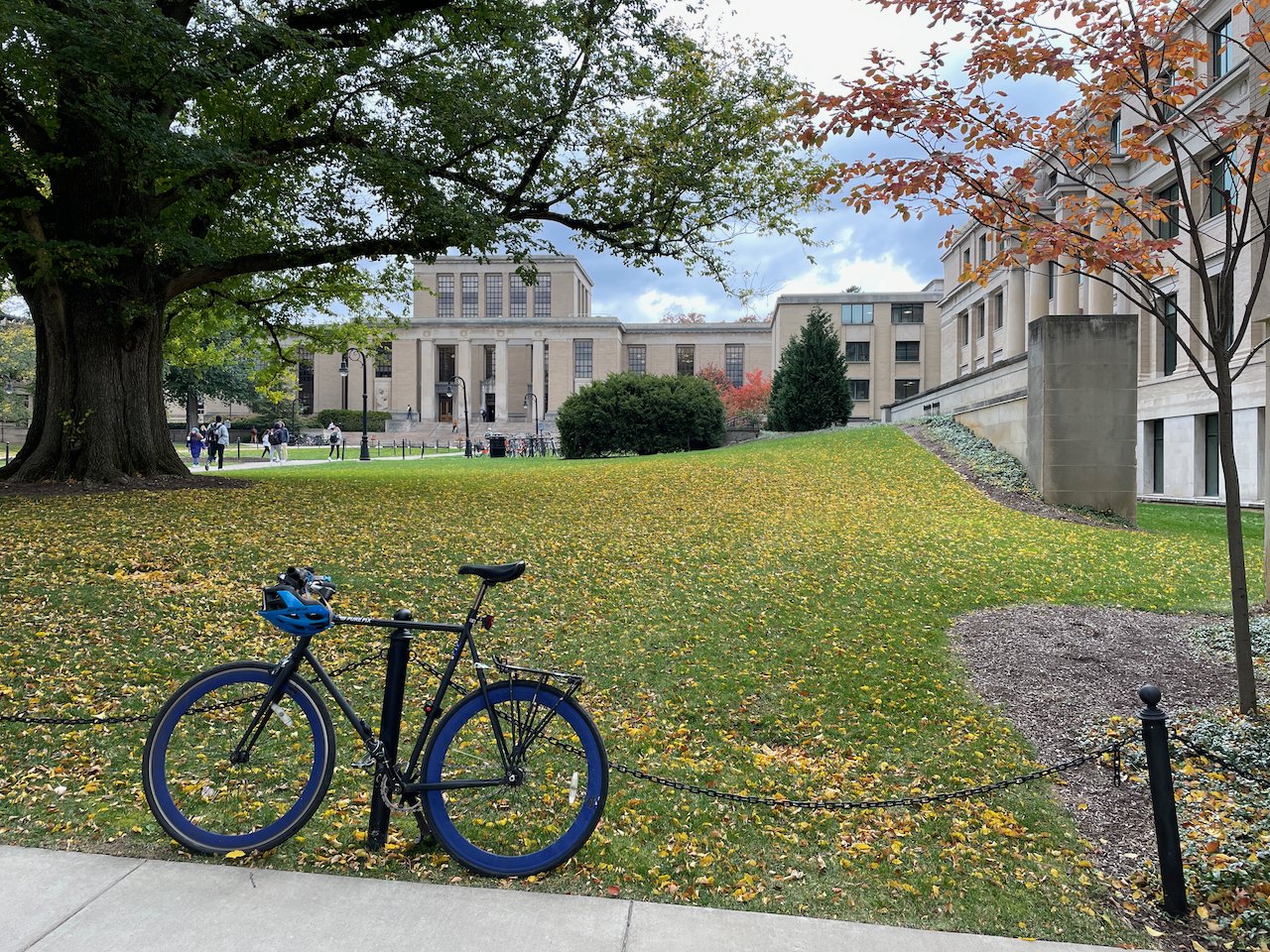




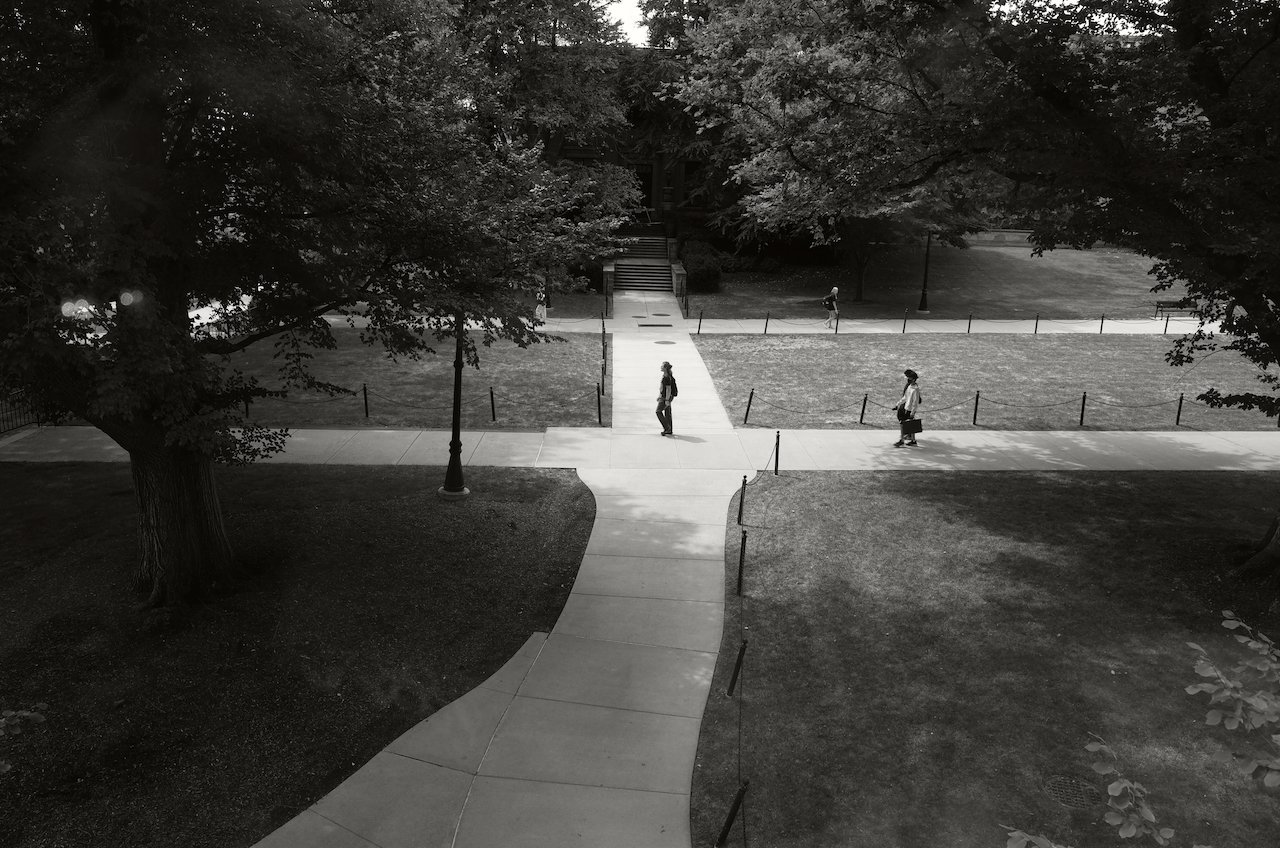



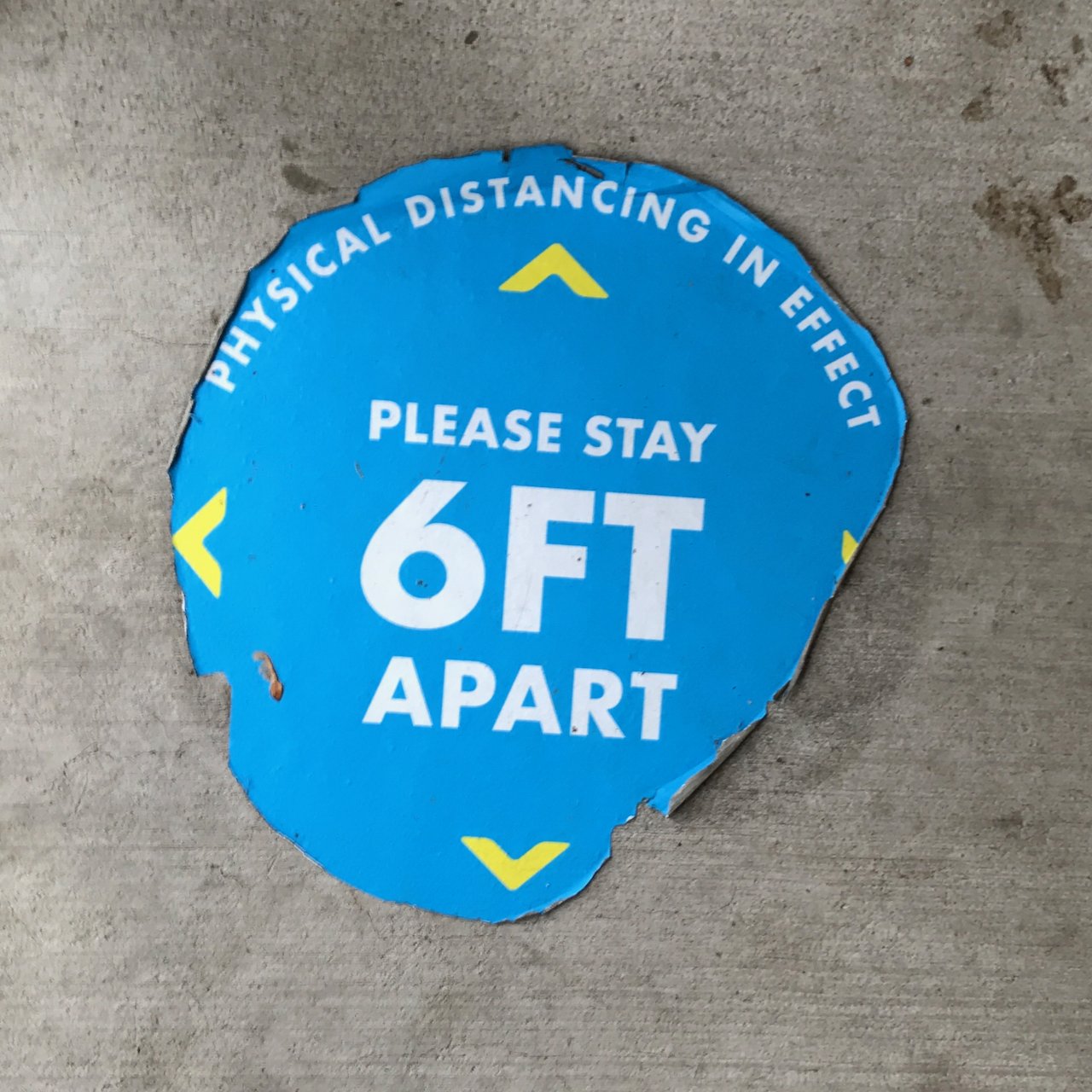
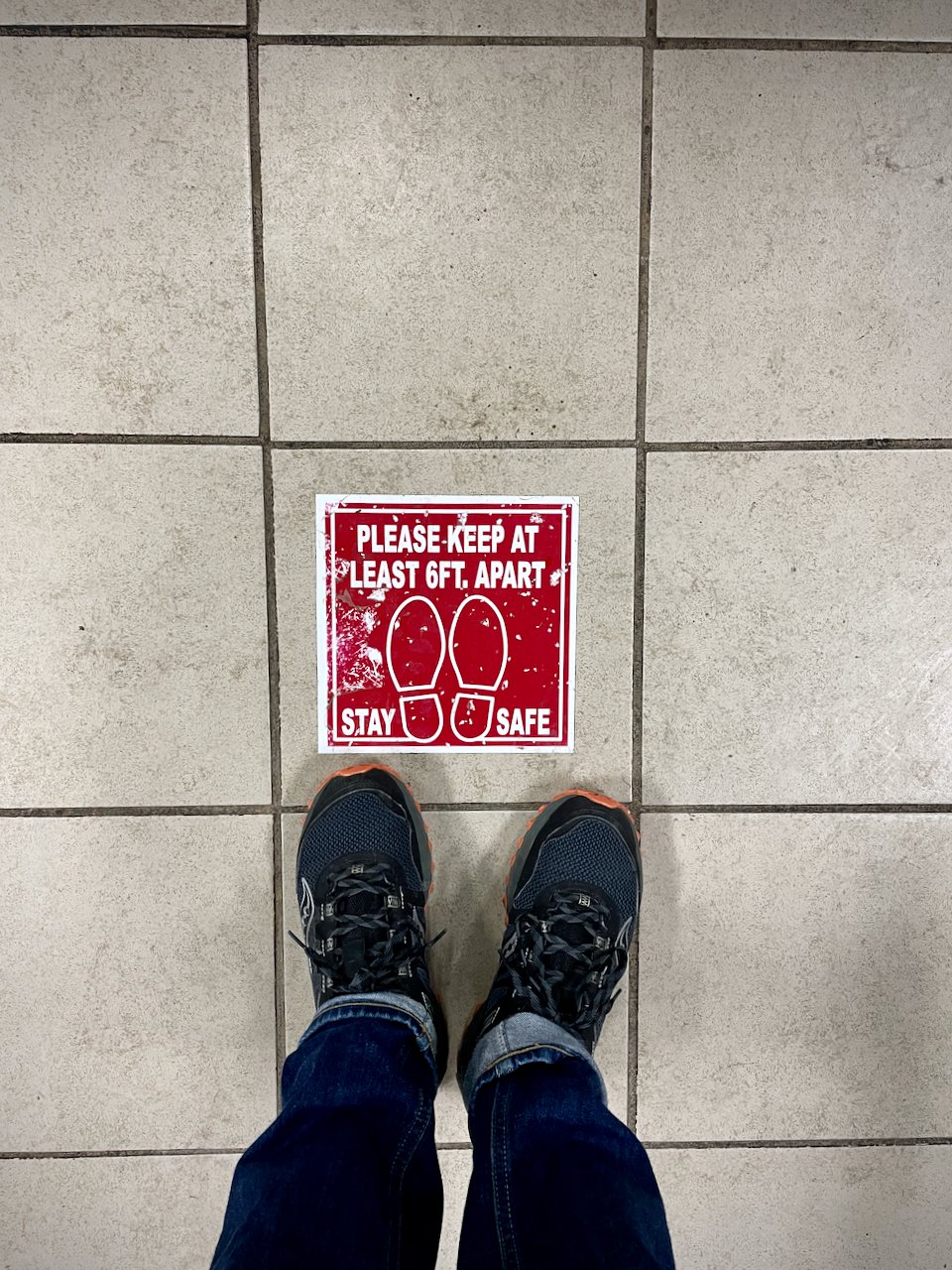
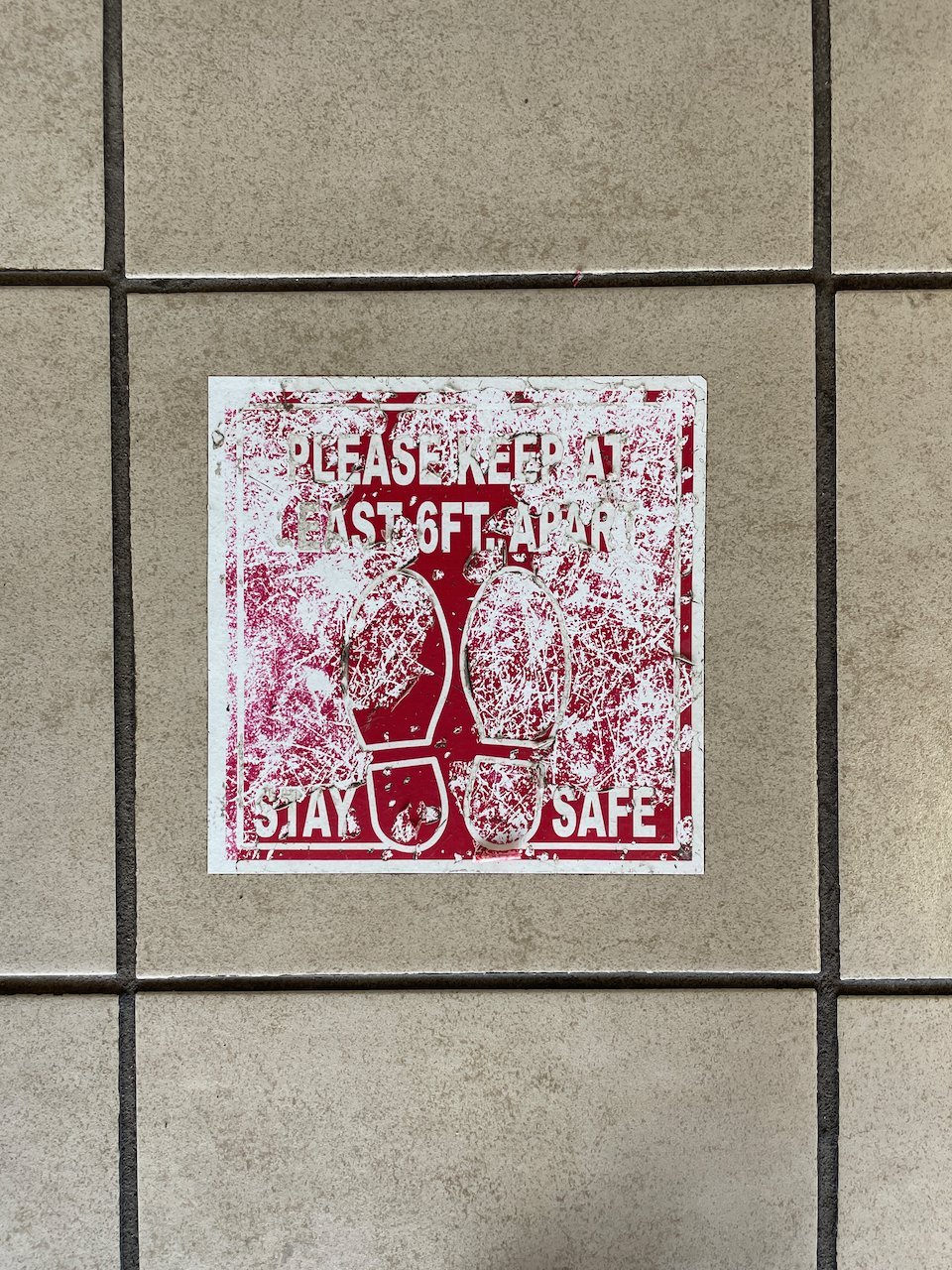





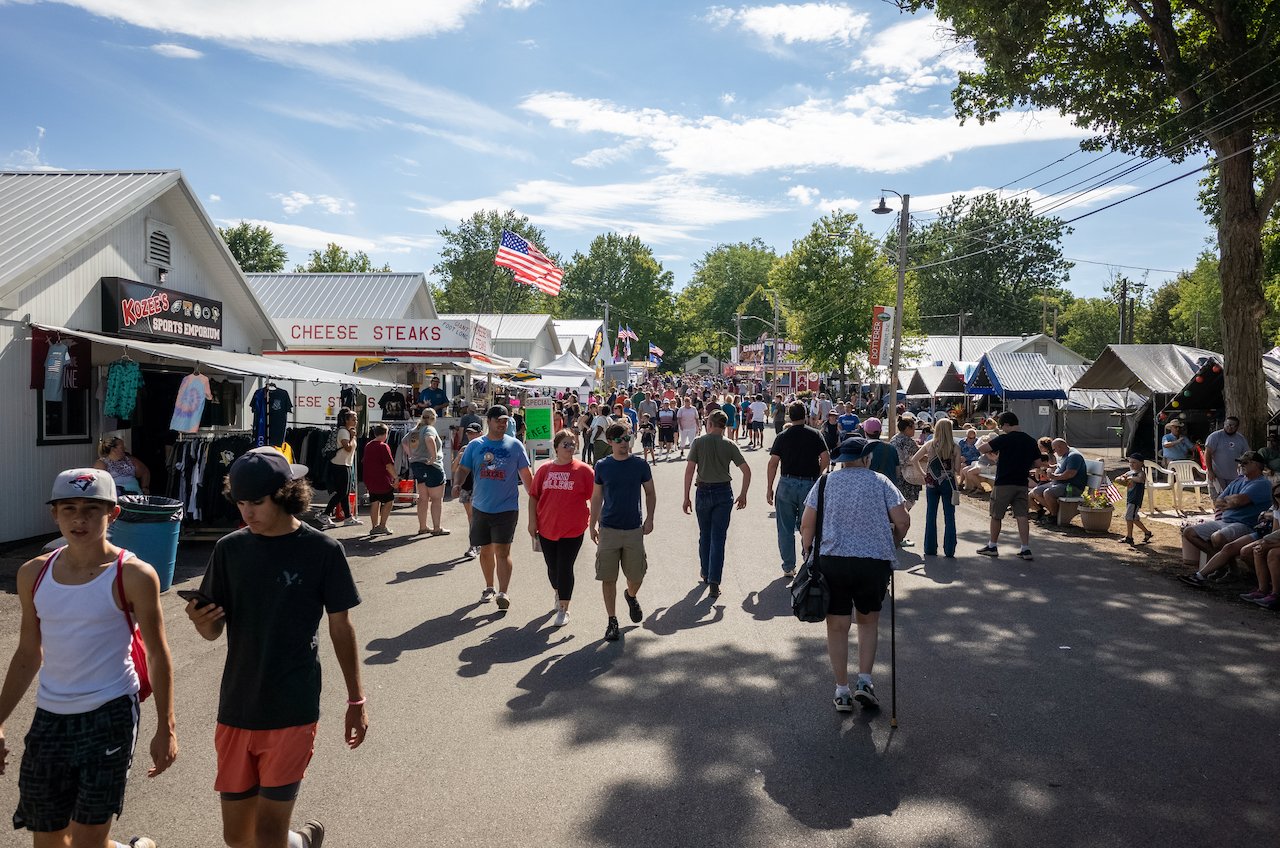
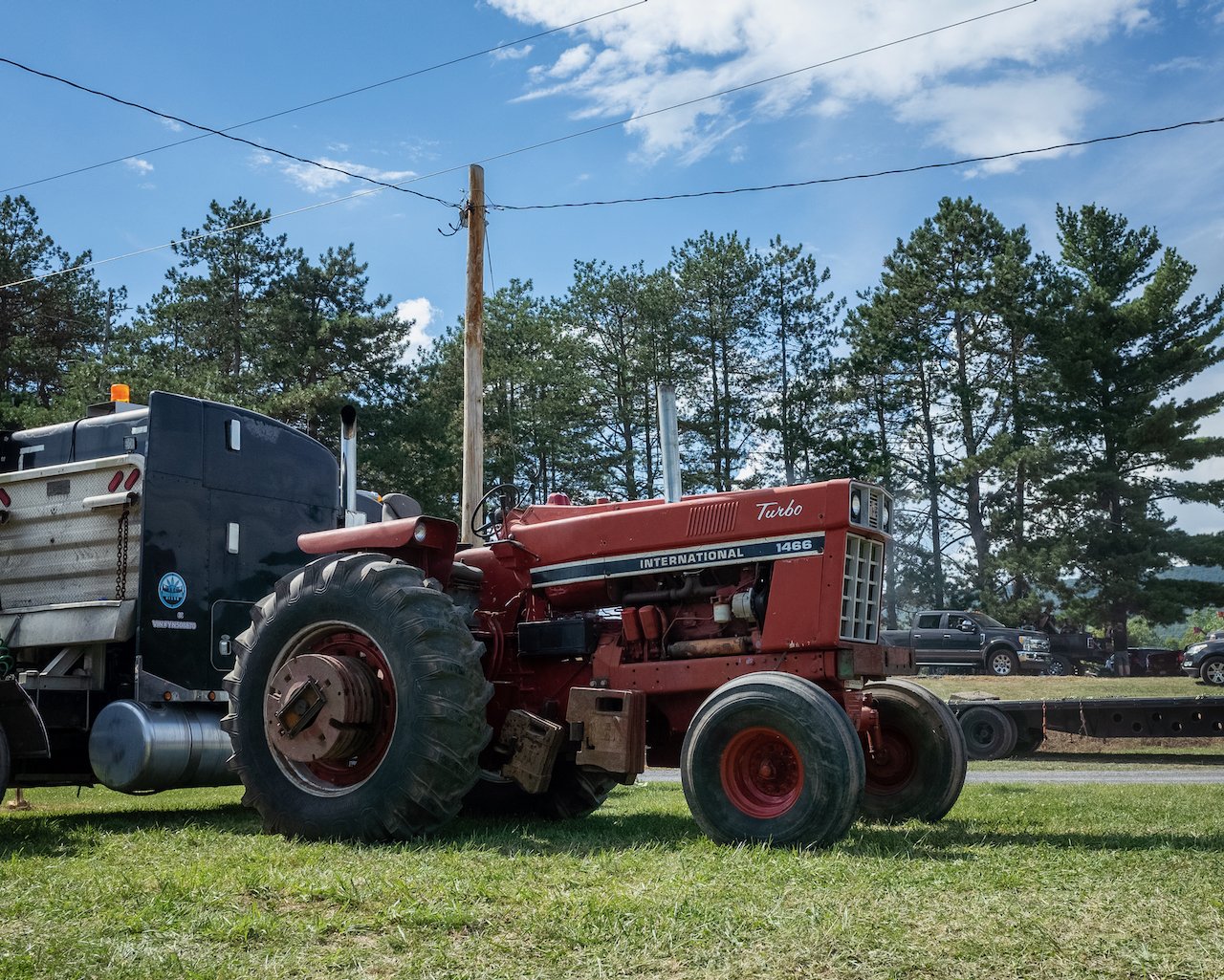
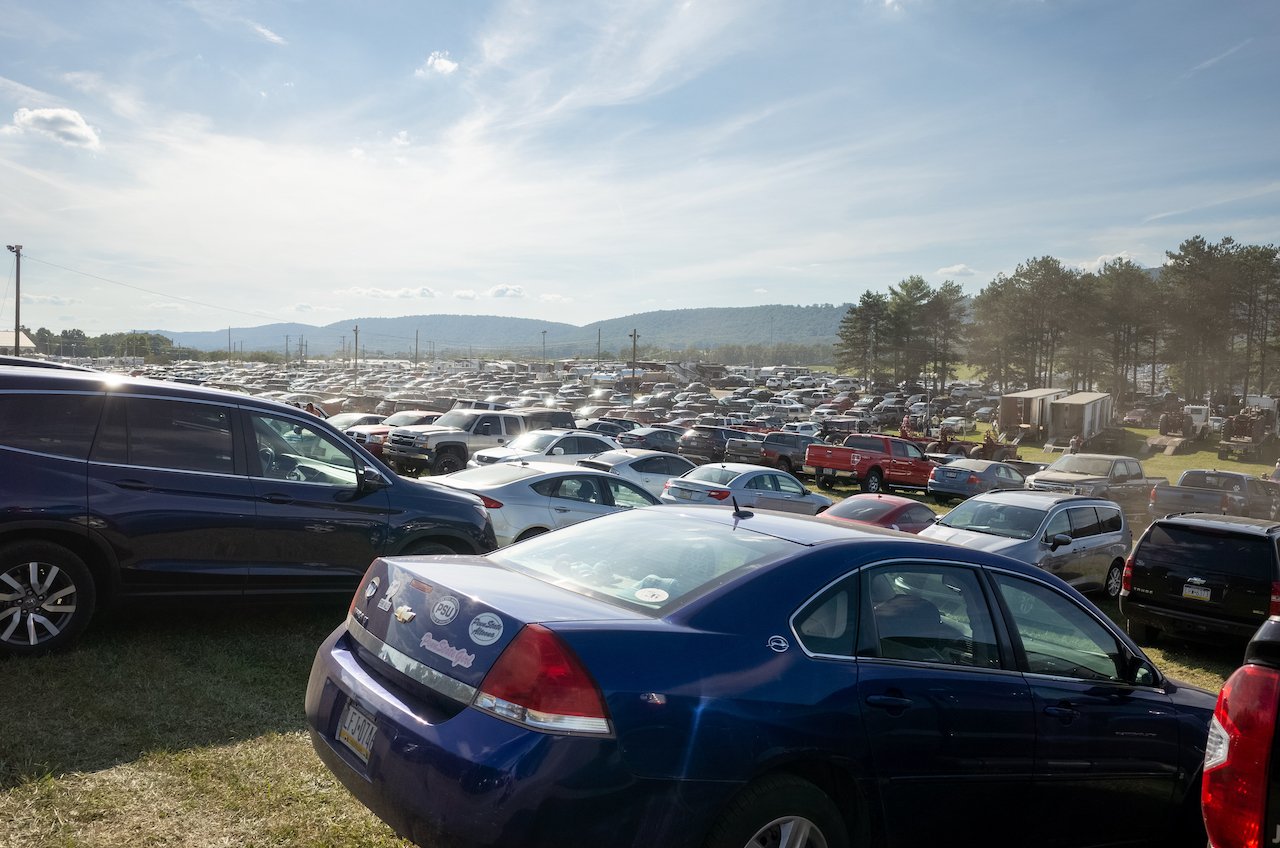

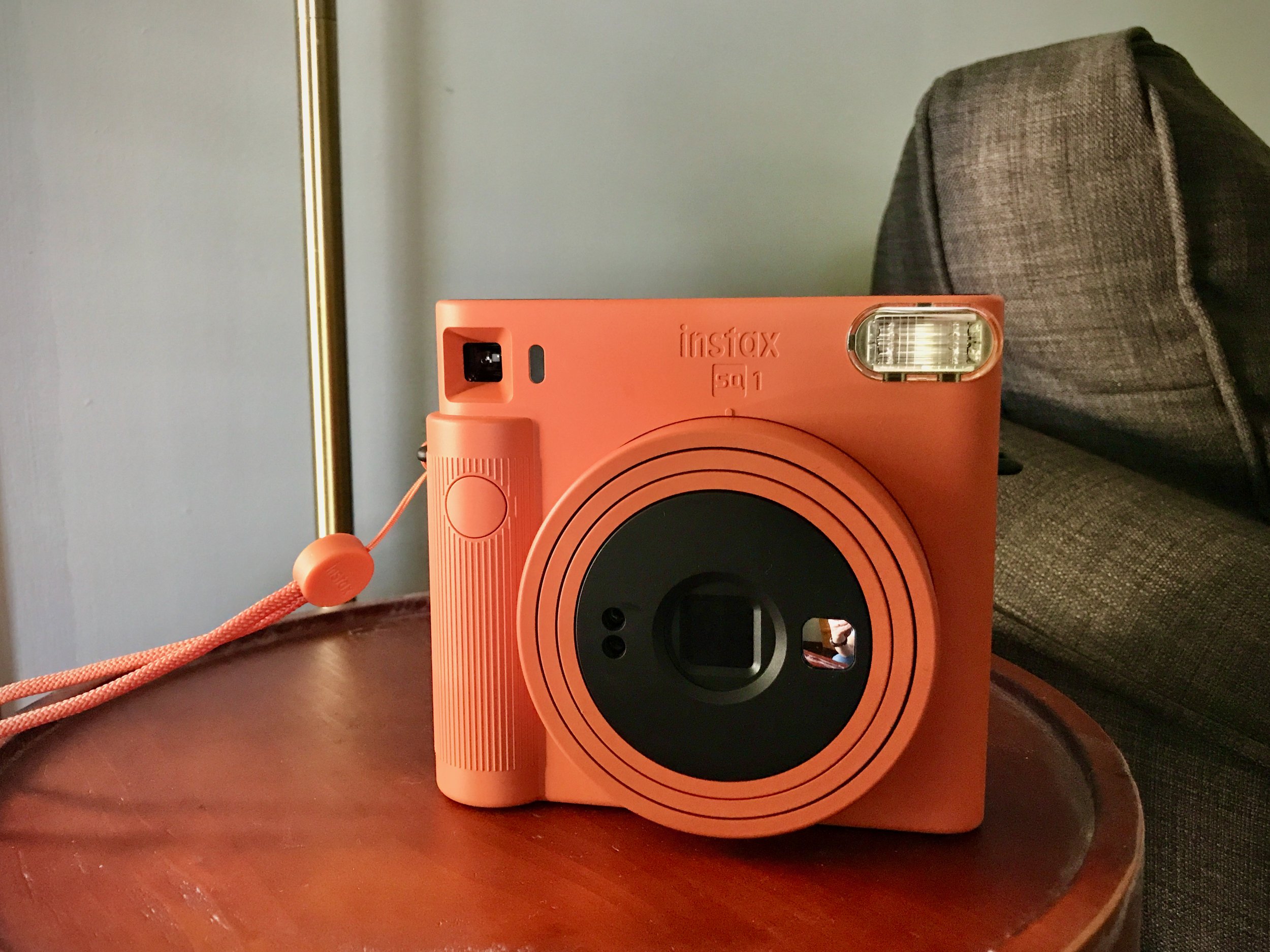


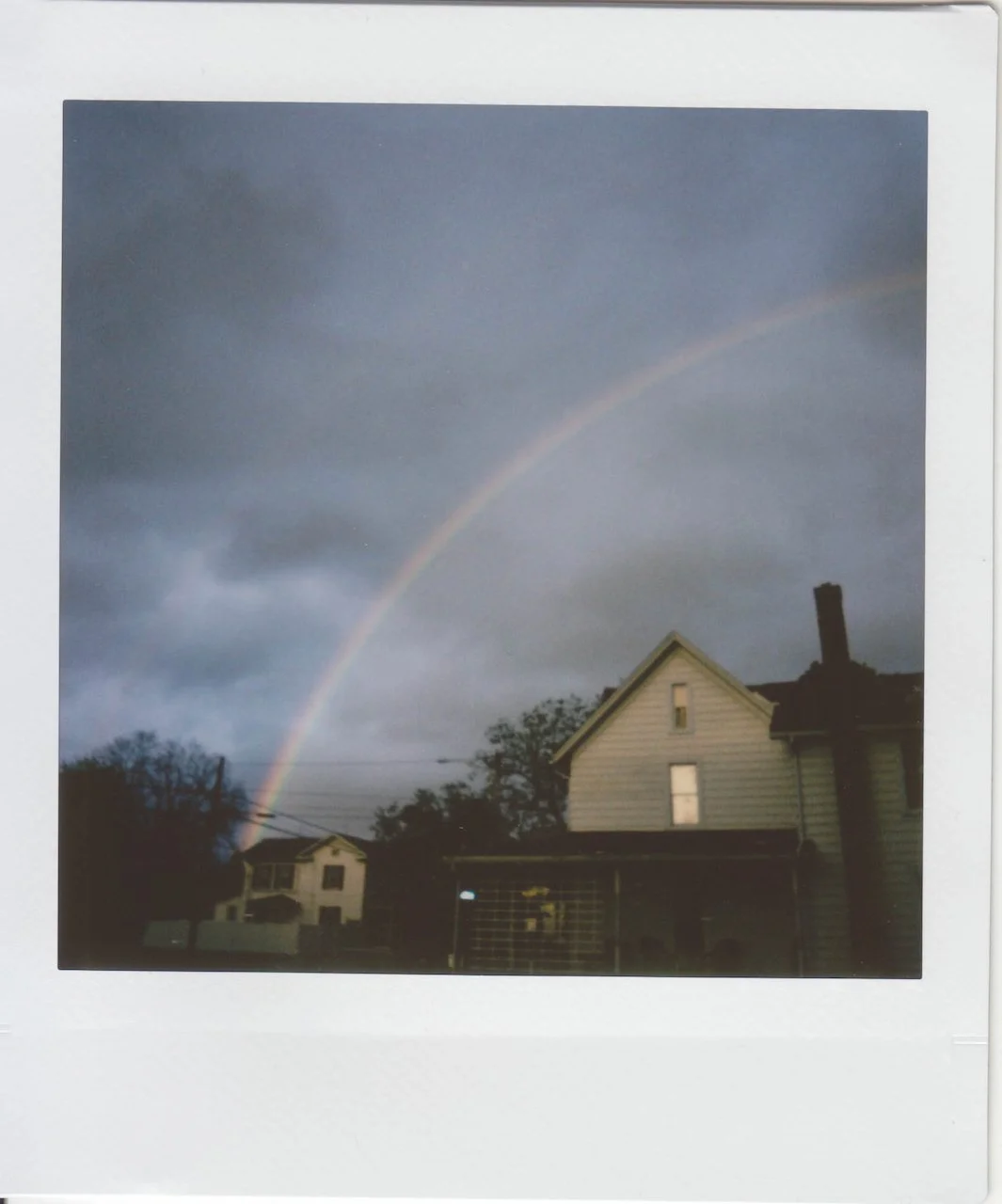



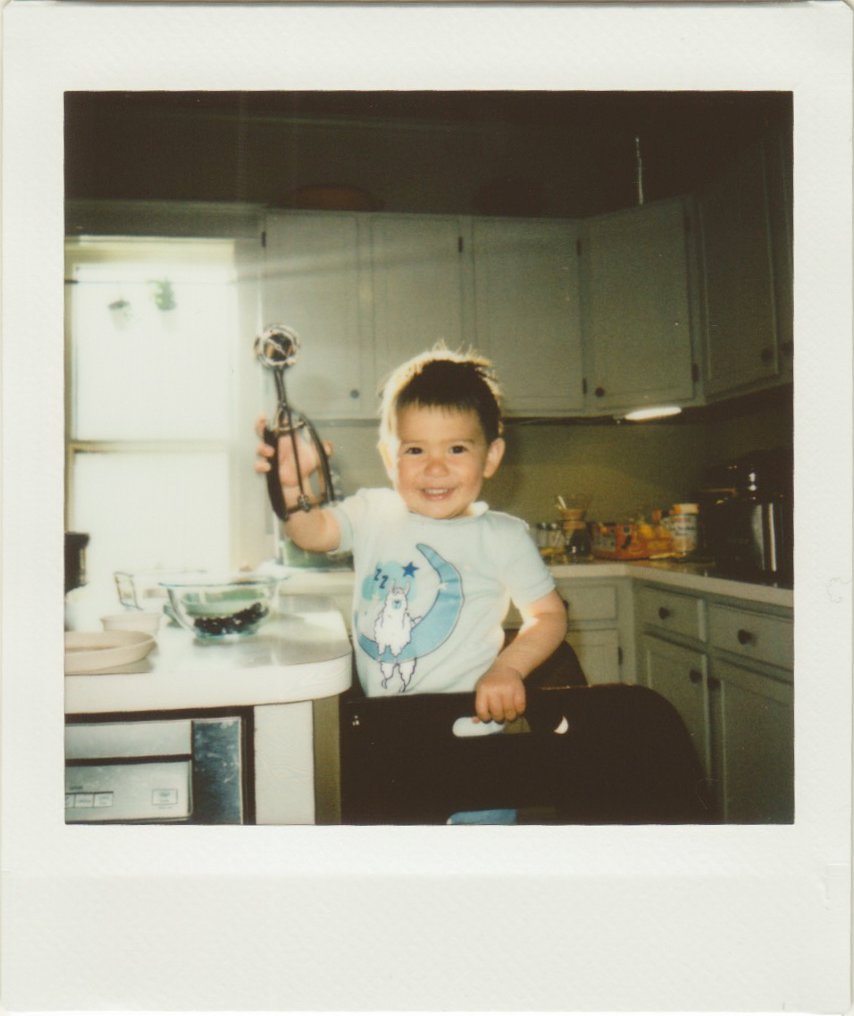

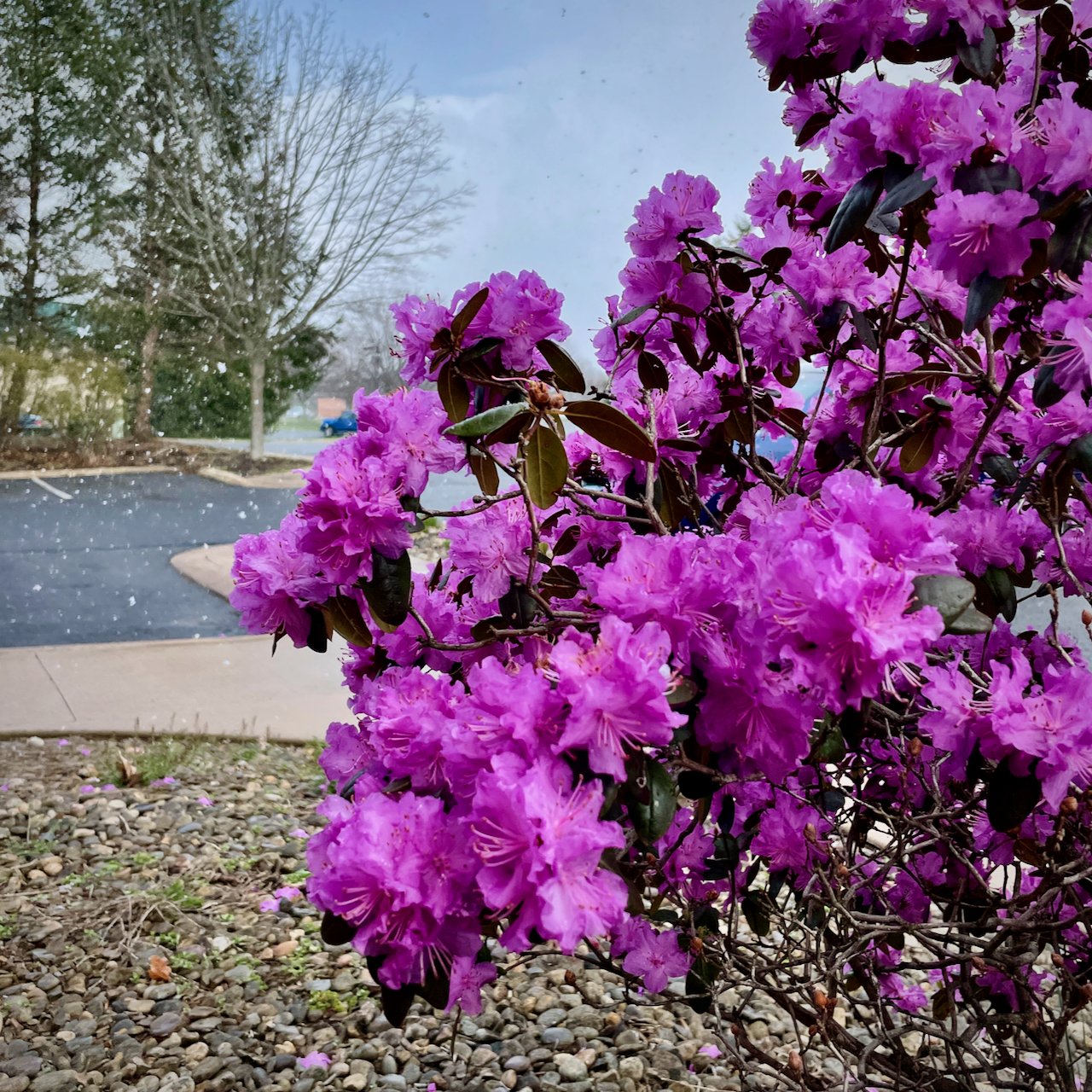
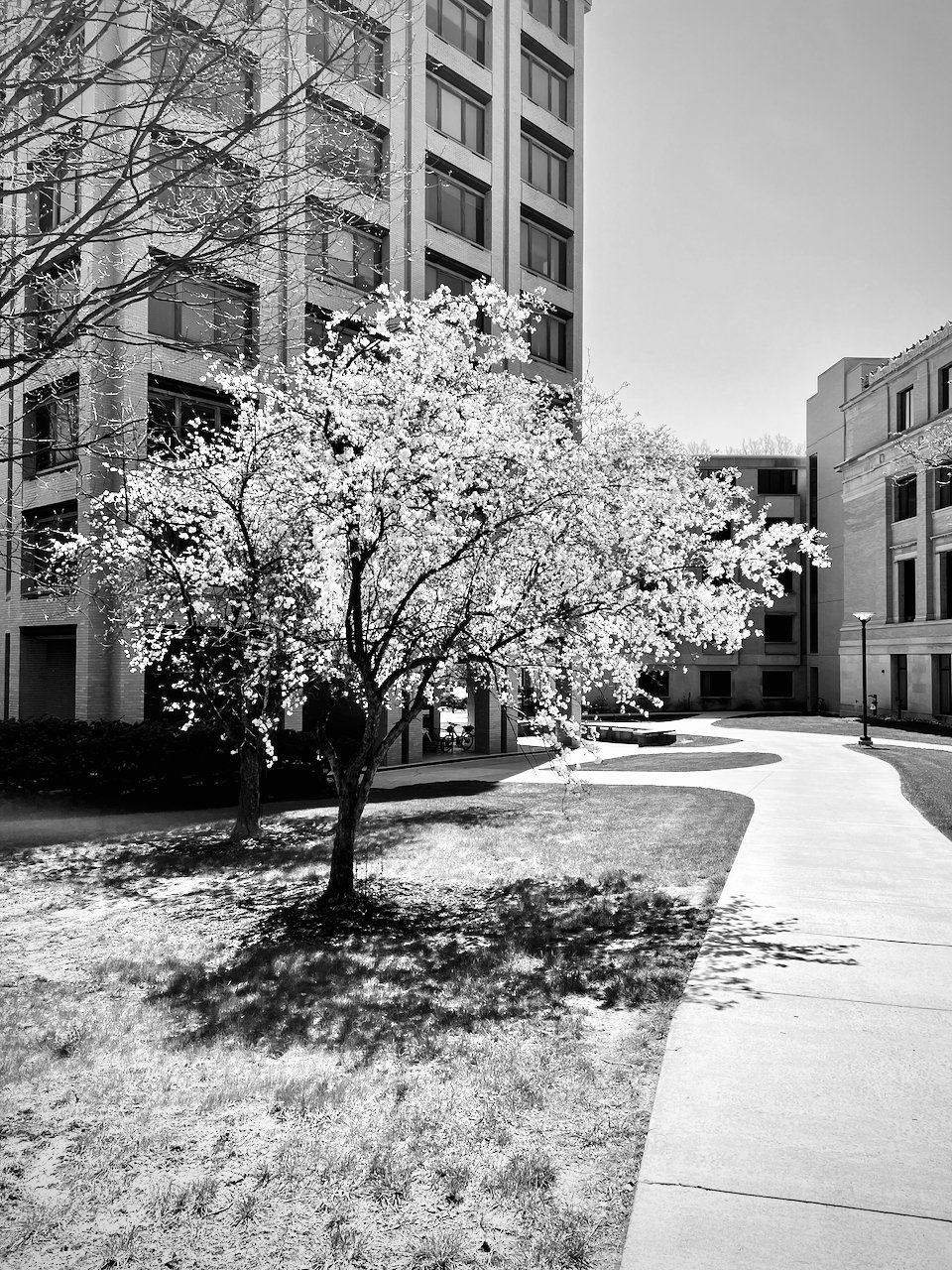








![Laminated sign styled like a Magic: The Gathering card. It reads“ EQUIP MASK. Mask Required. [Magic tap symbol] when tapped, mask is optional.”](https://images.squarespace-cdn.com/content/v1/56351732e4b0d0d5bc1827cb/a098dd3d-8f48-4d42-af12-cfcc8f6c21d5/2022-01-09+COVID-19+Sign+Project+-+Masks+Required+-+1.jpeg)
